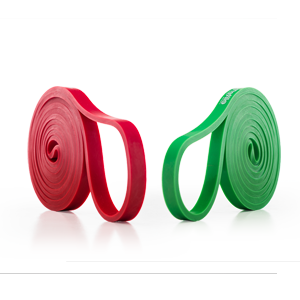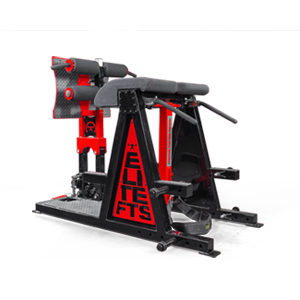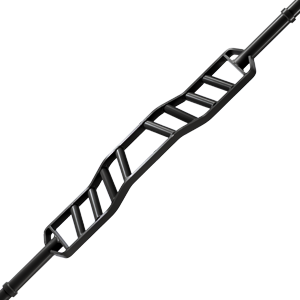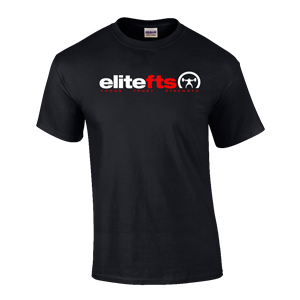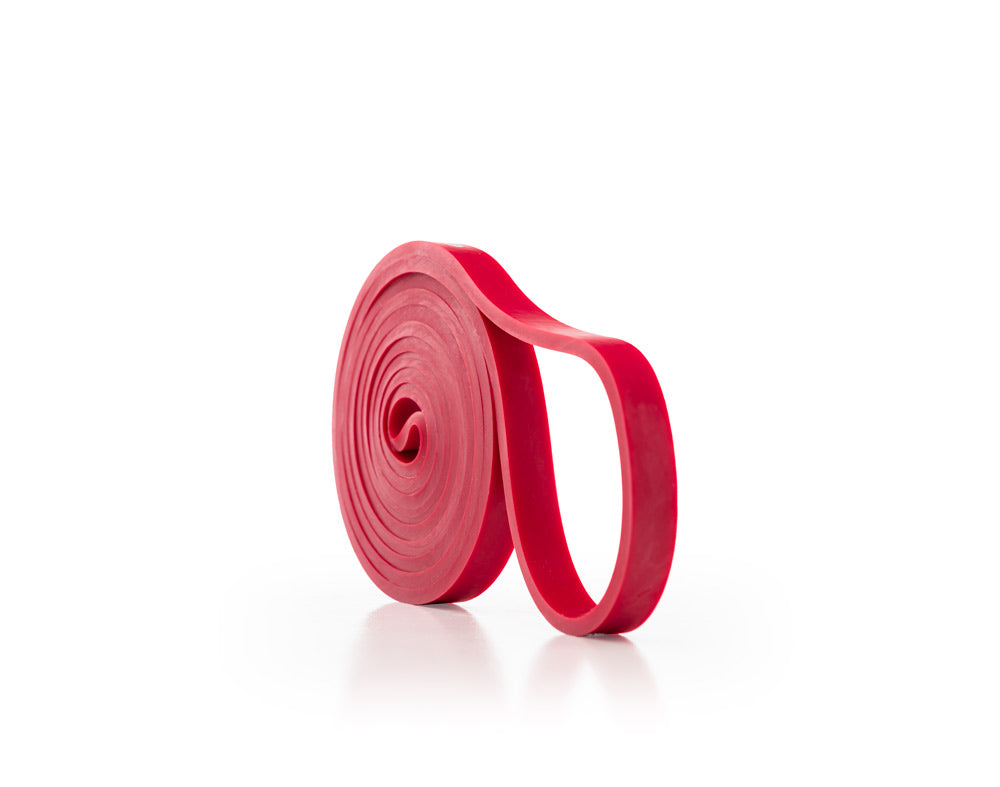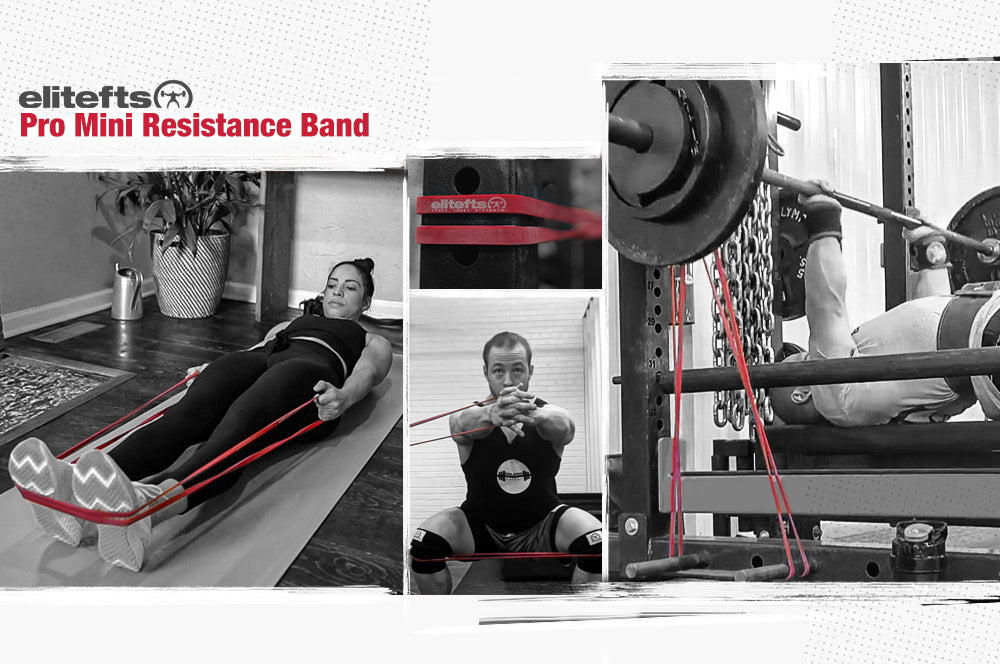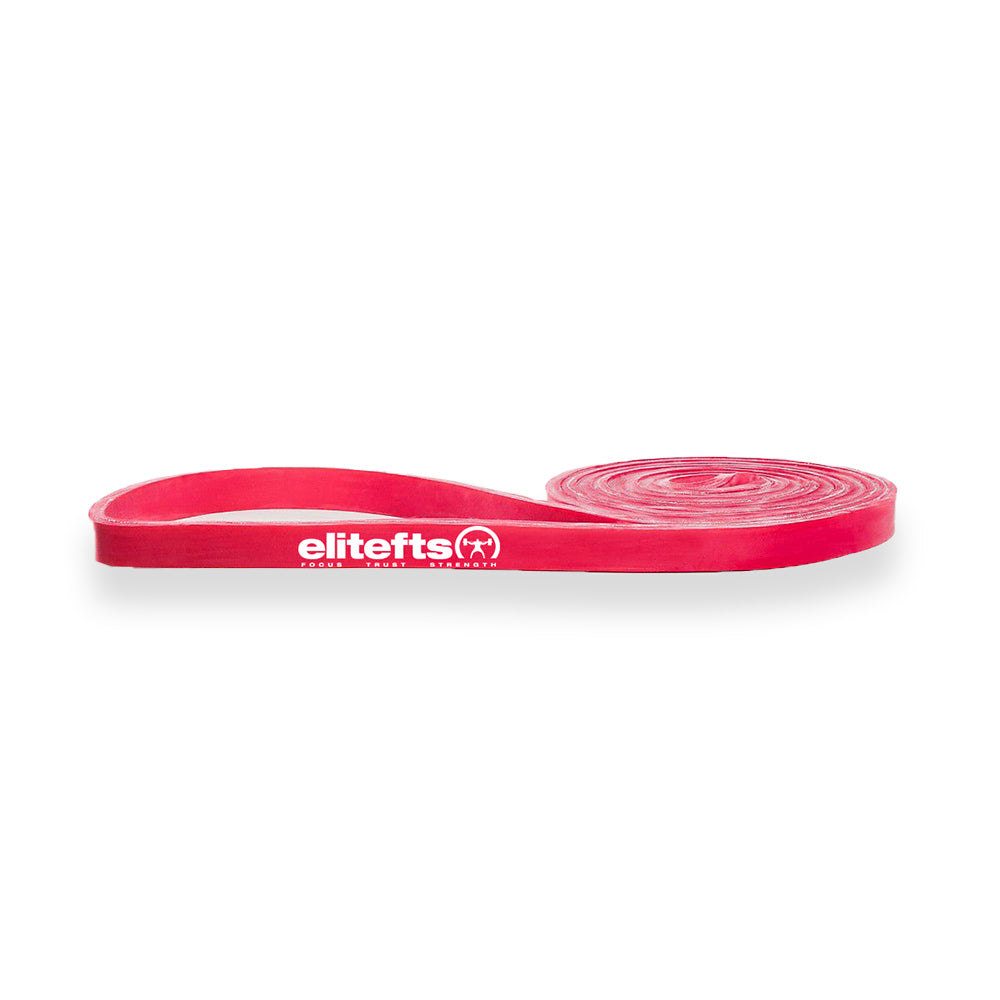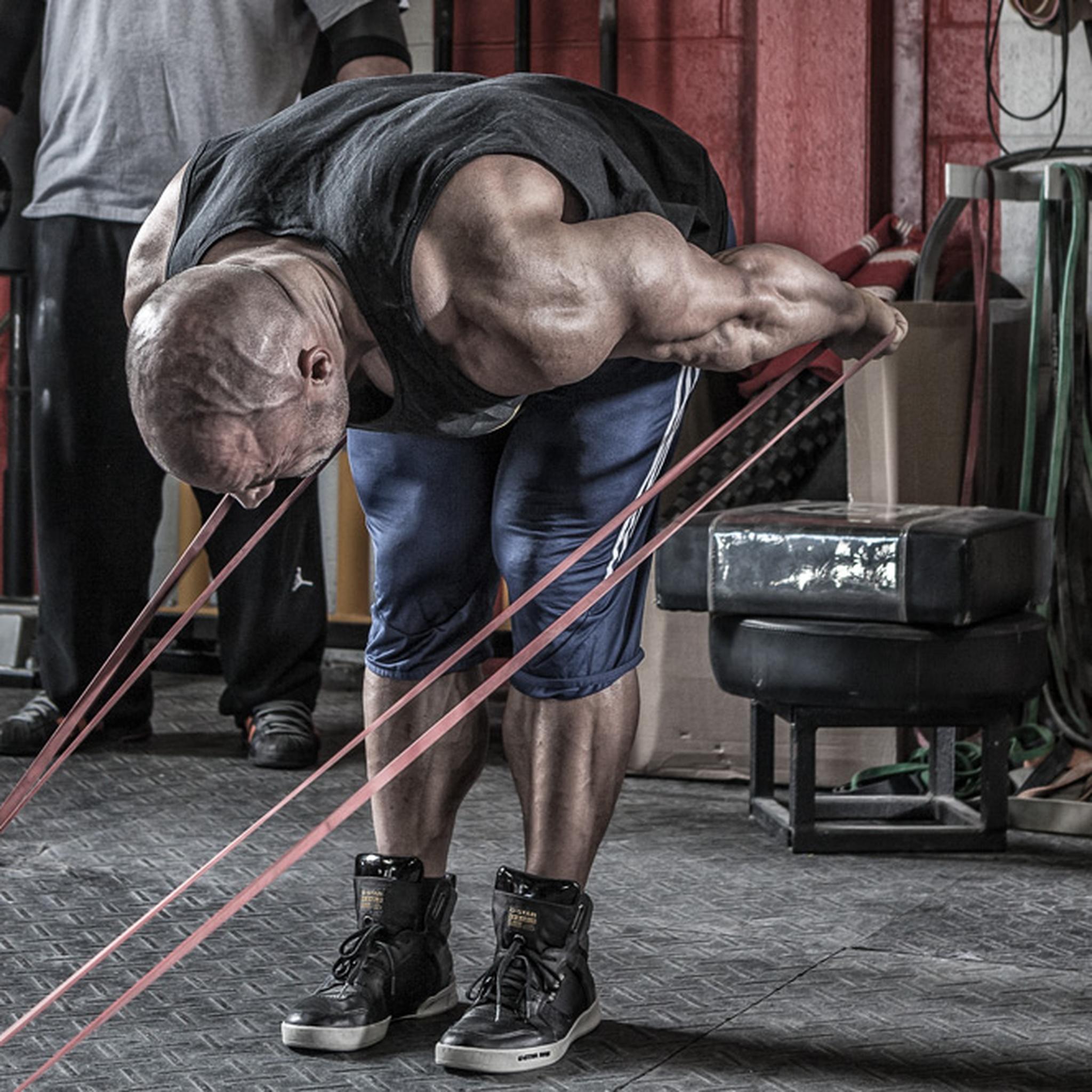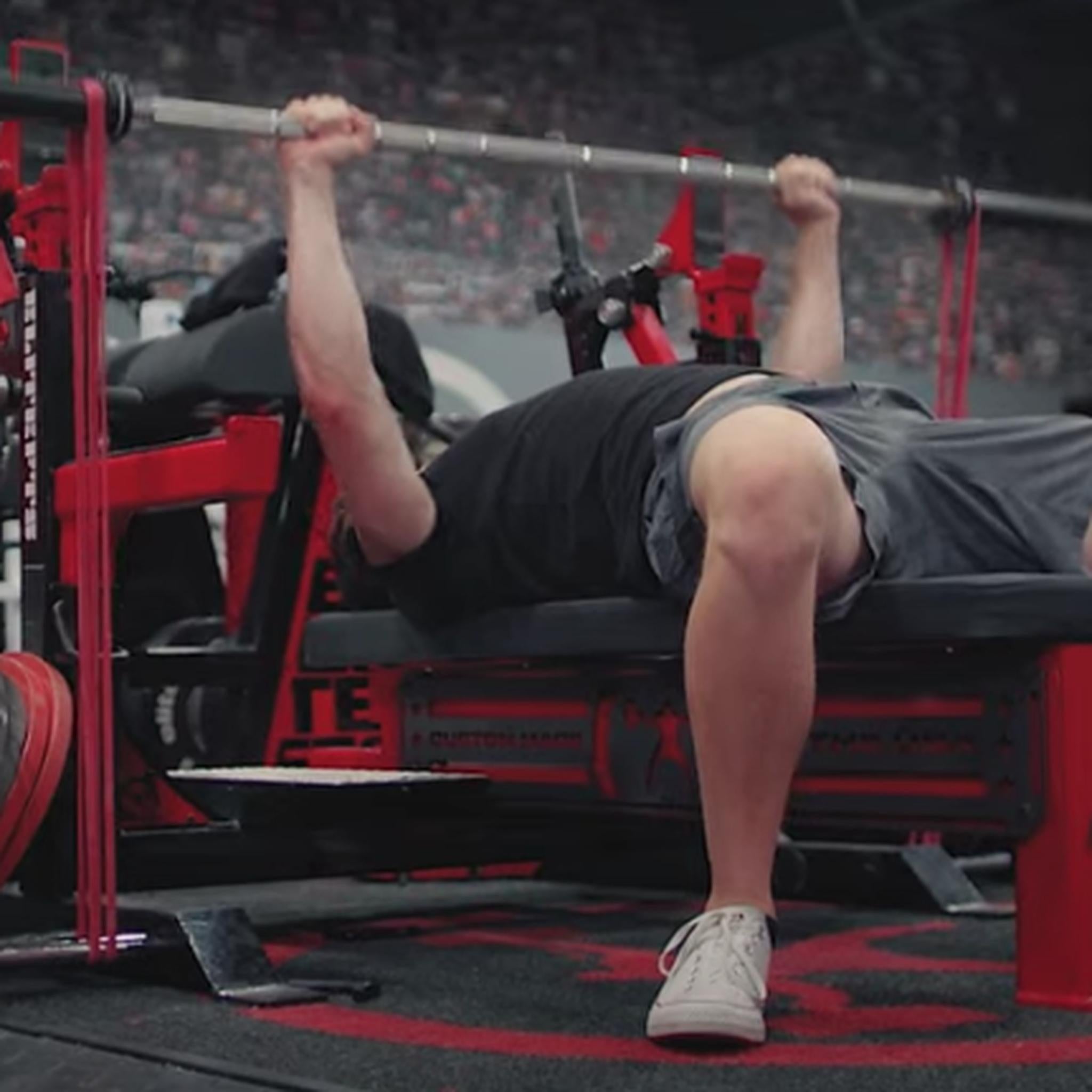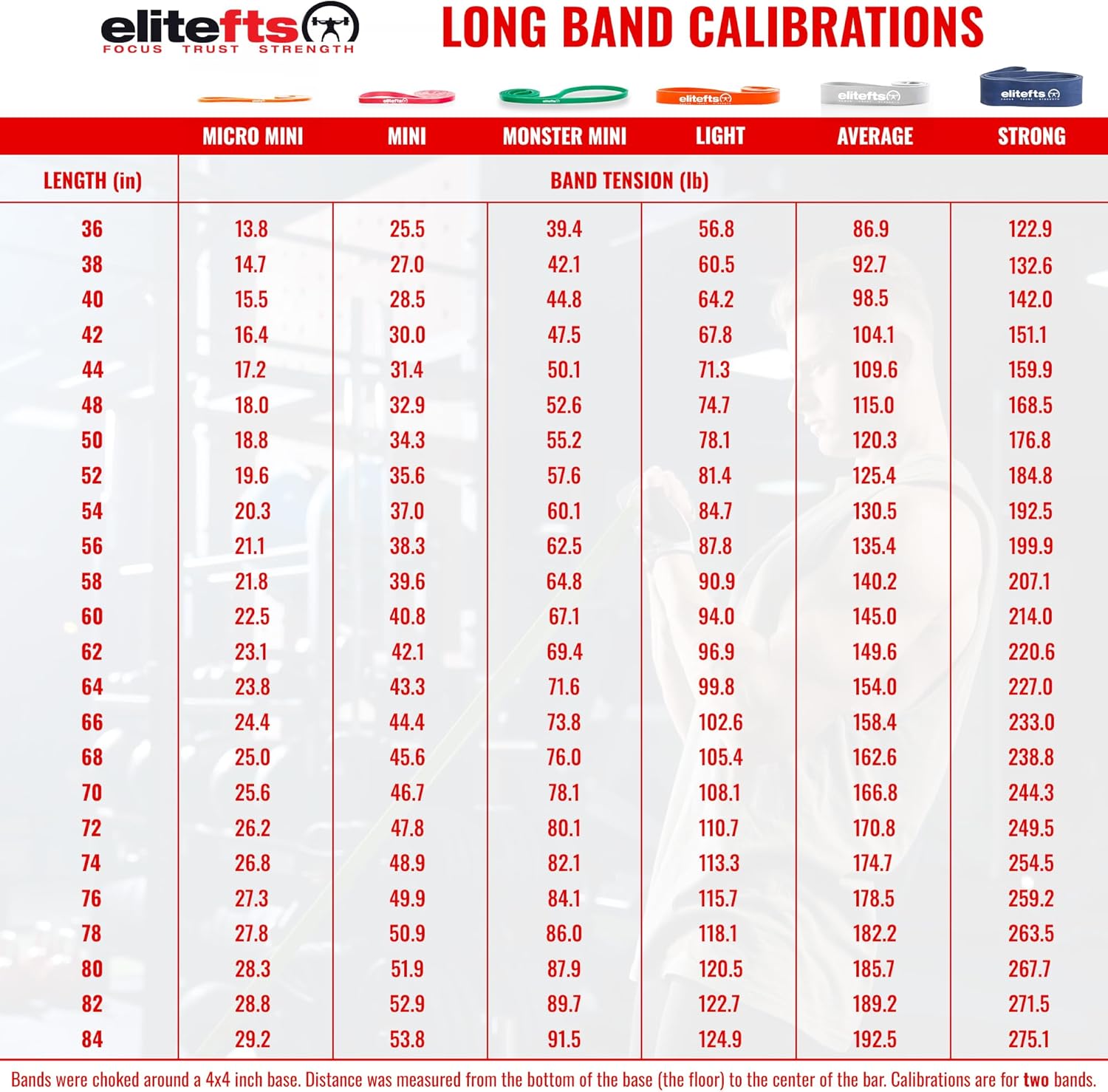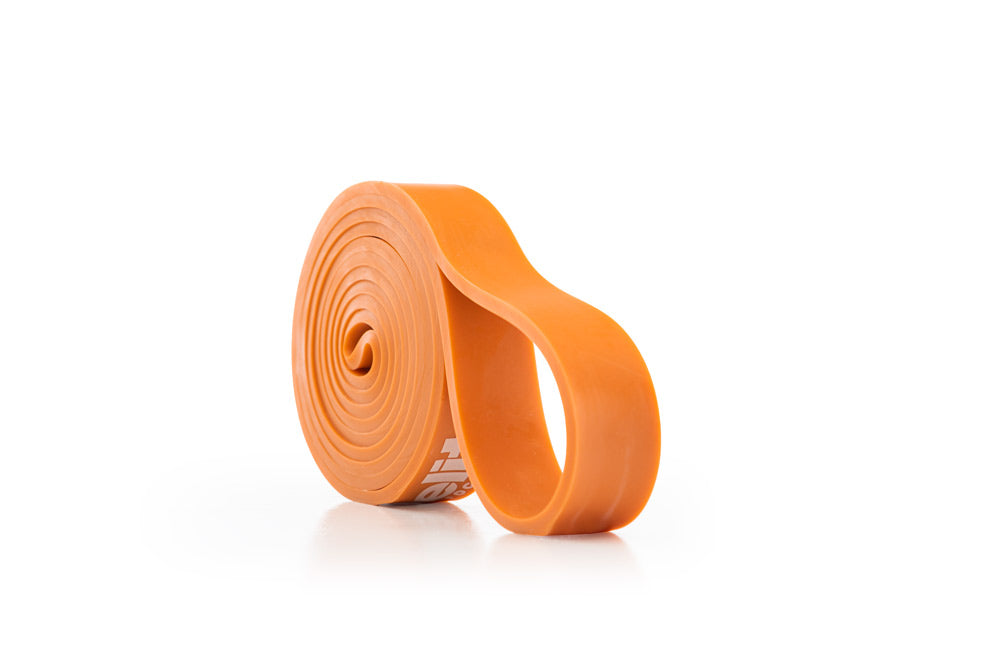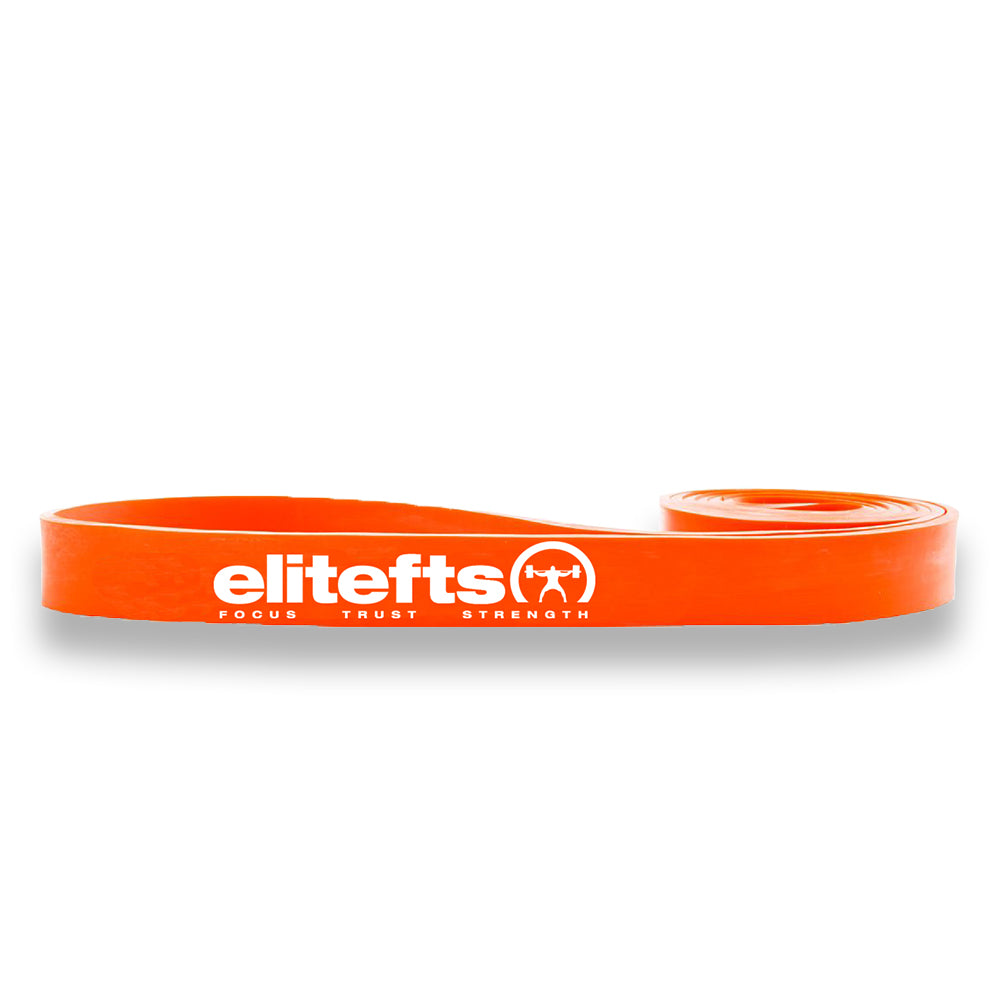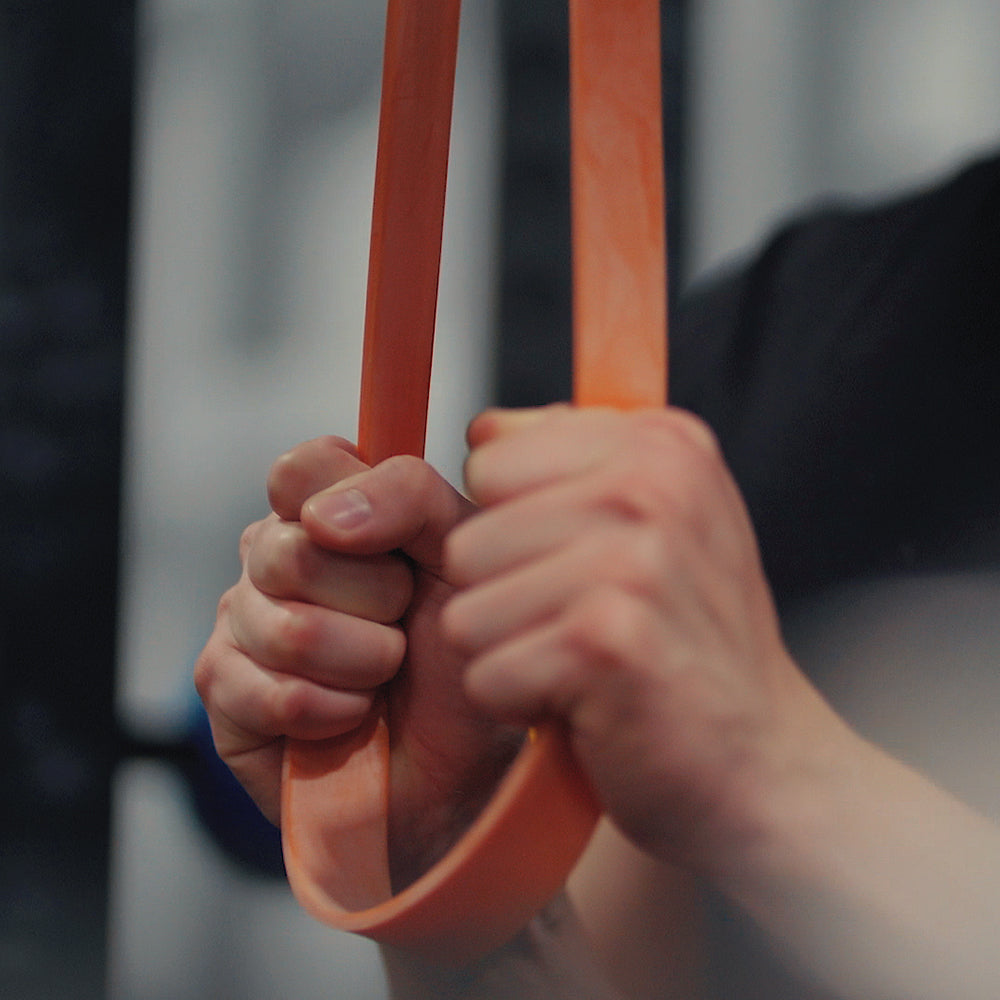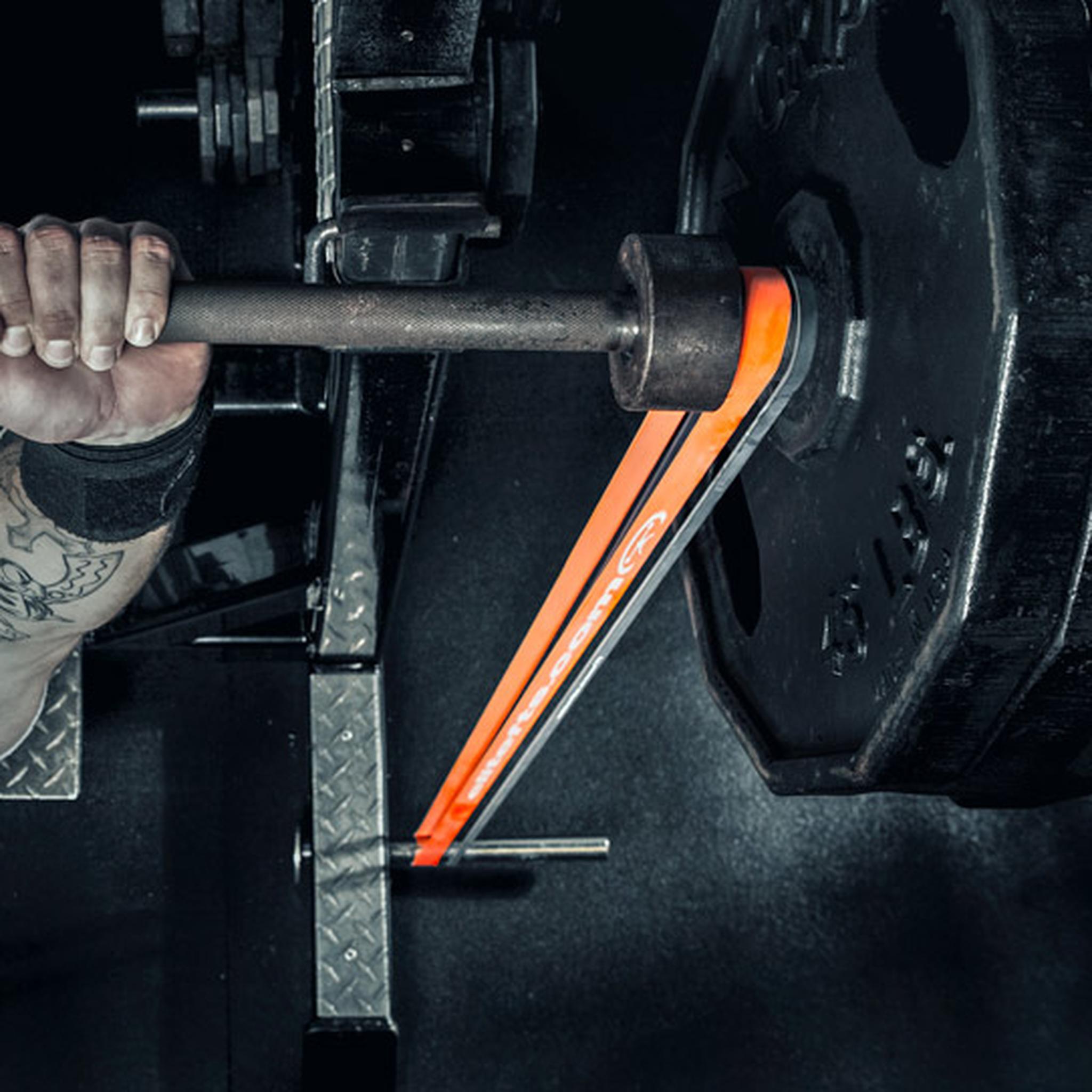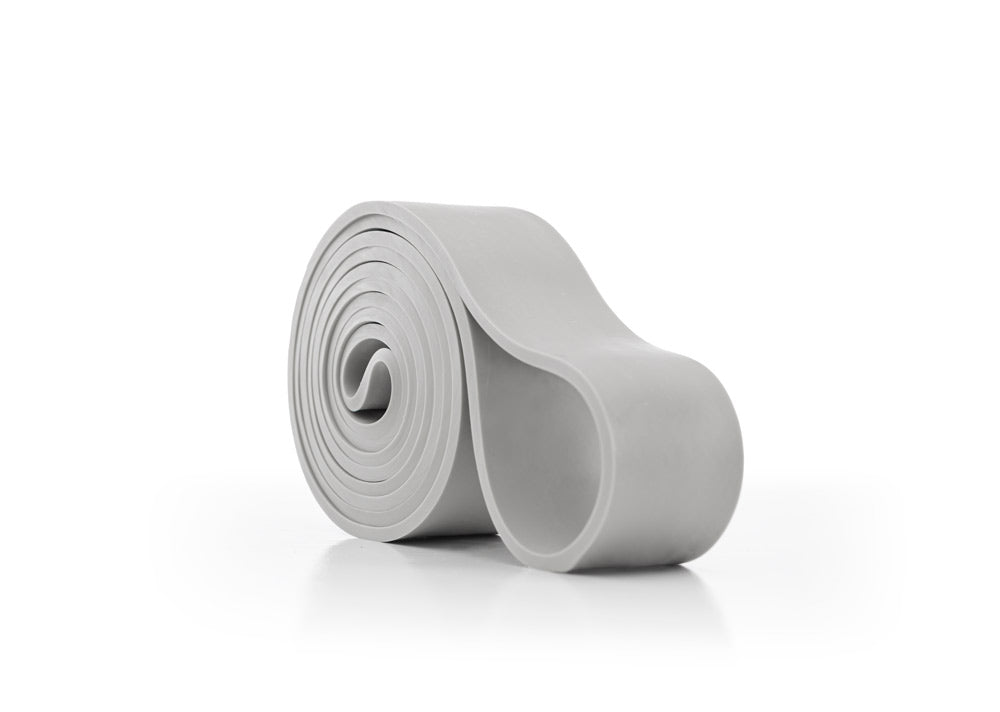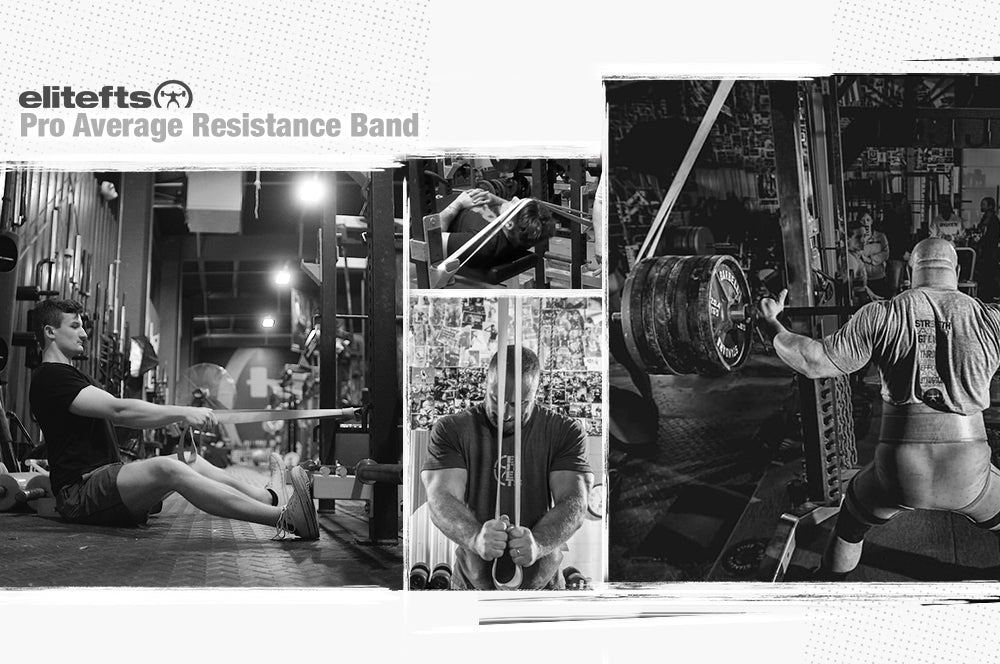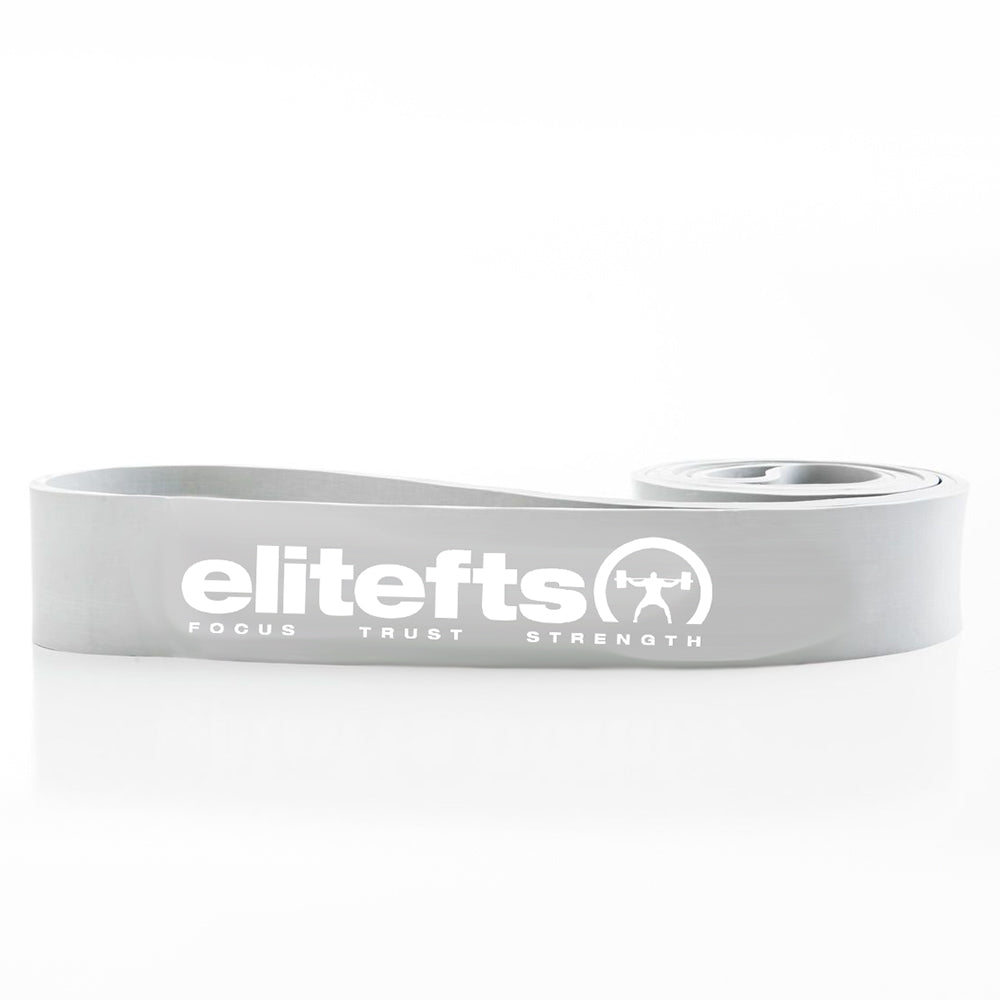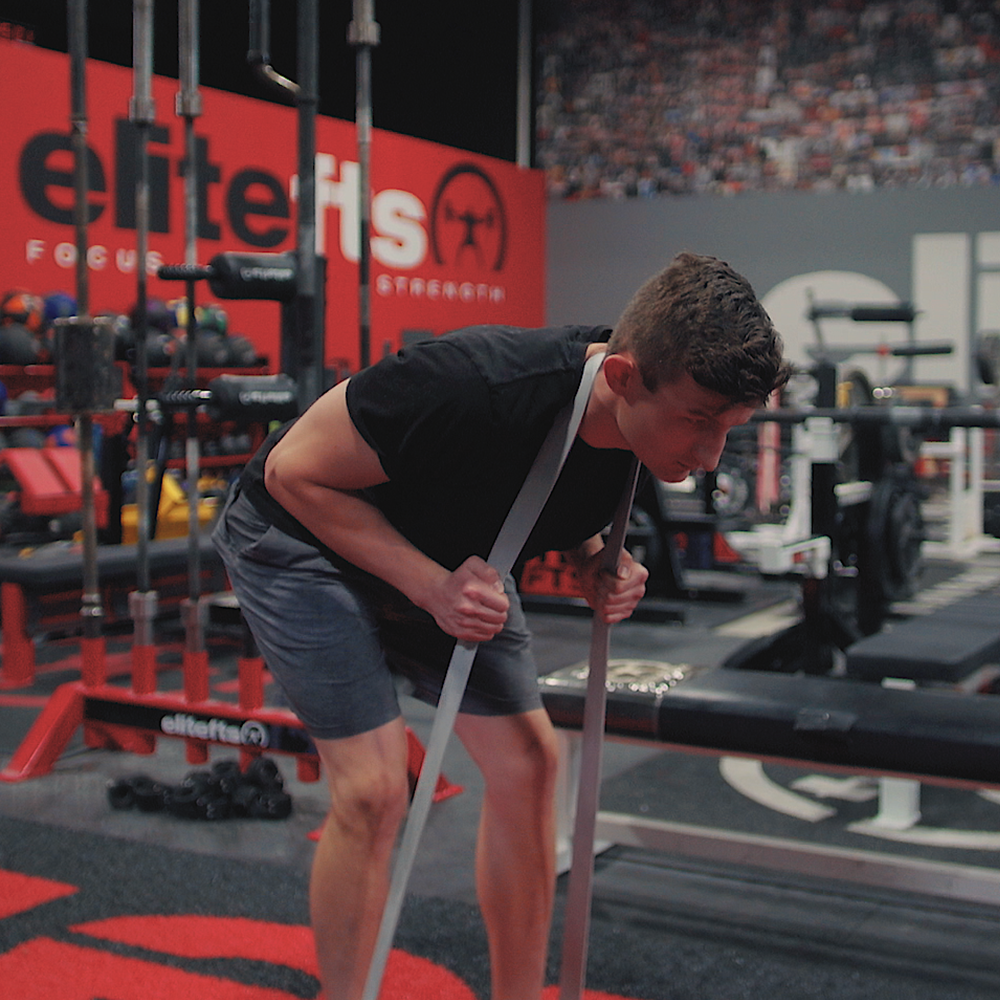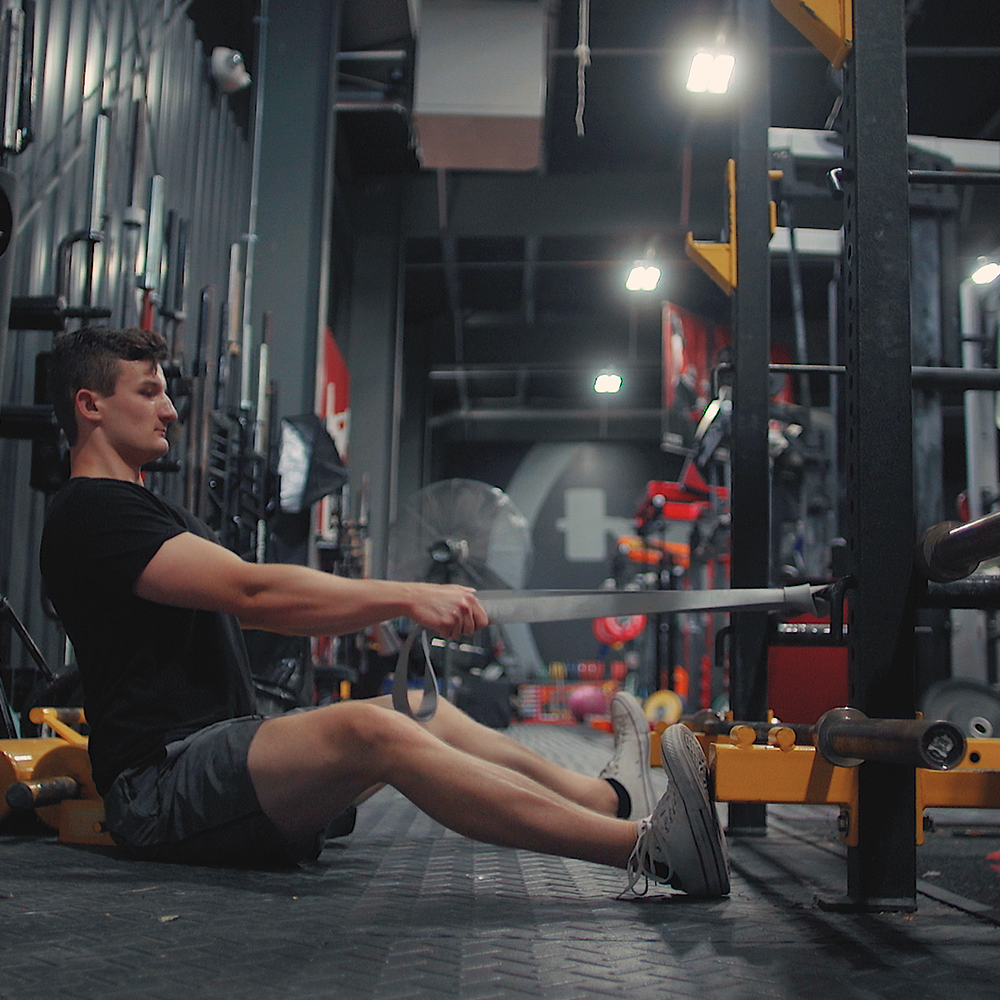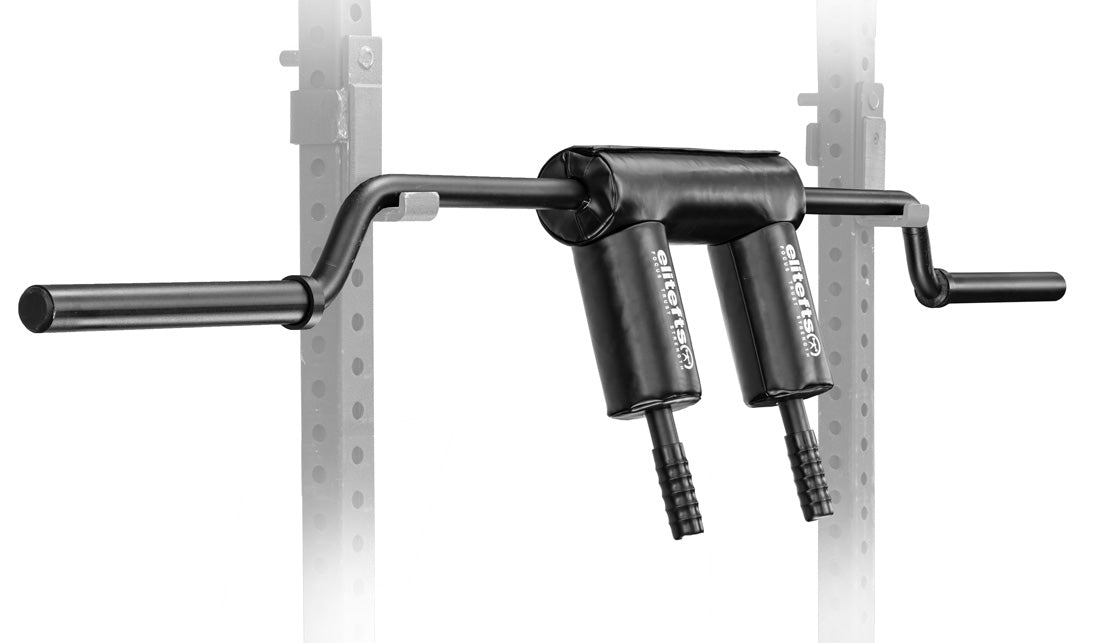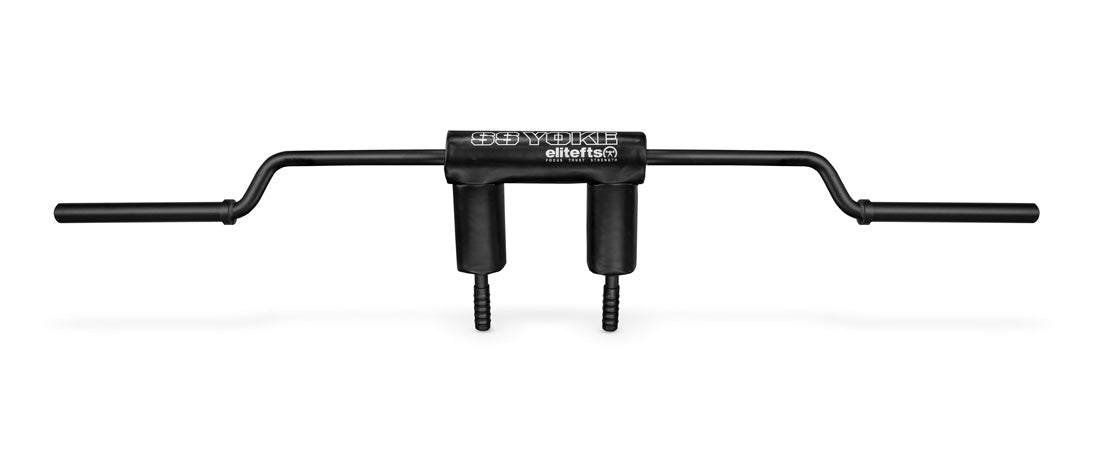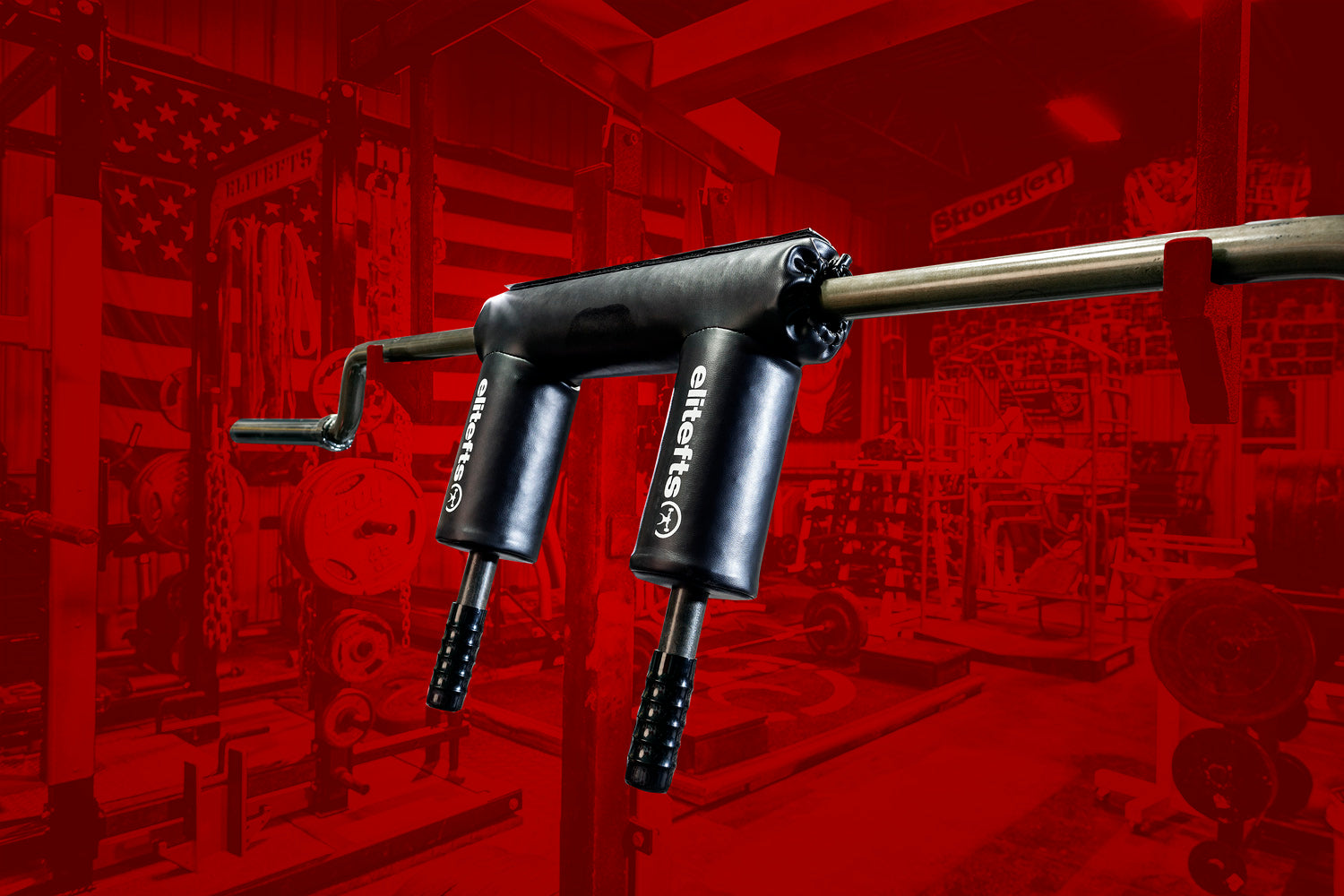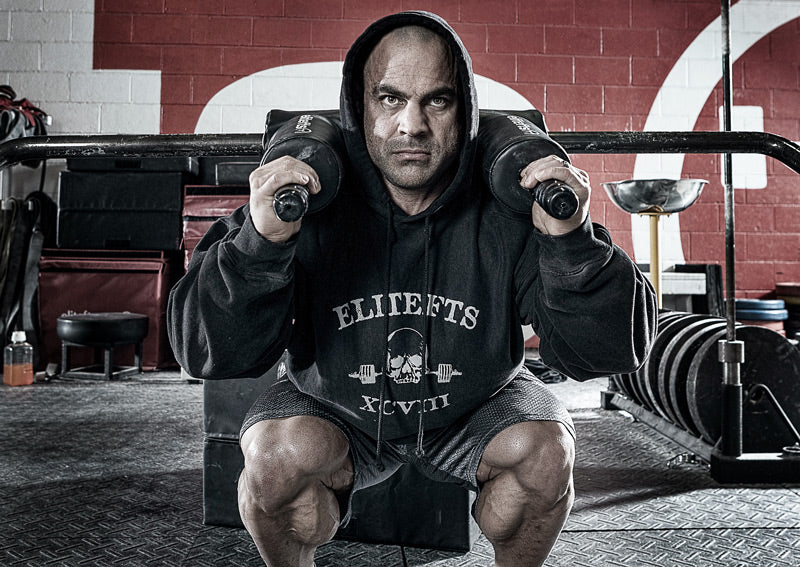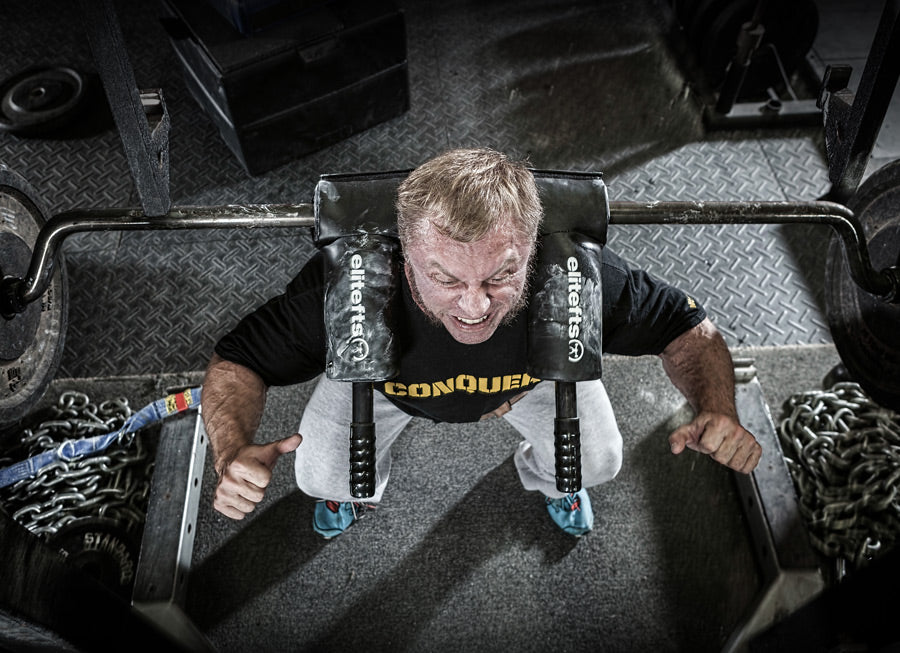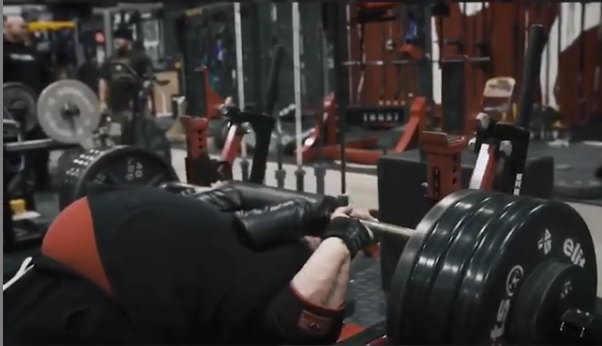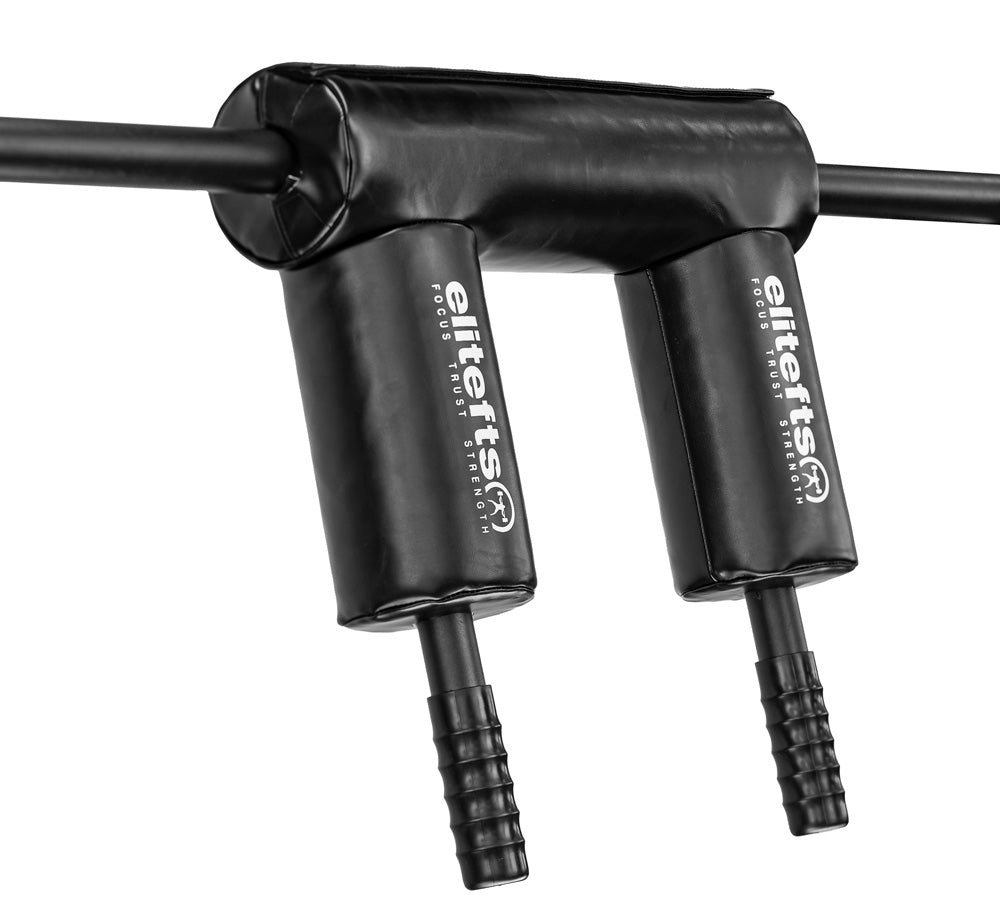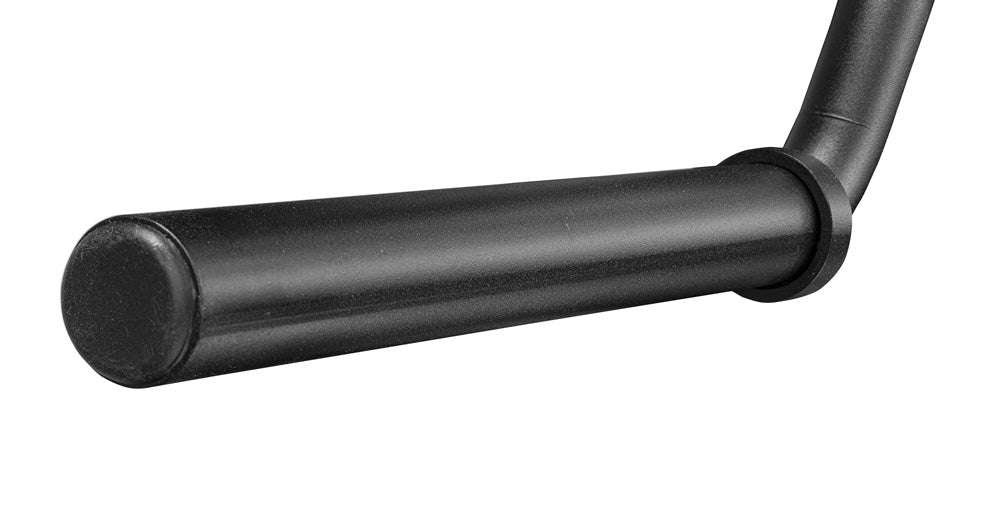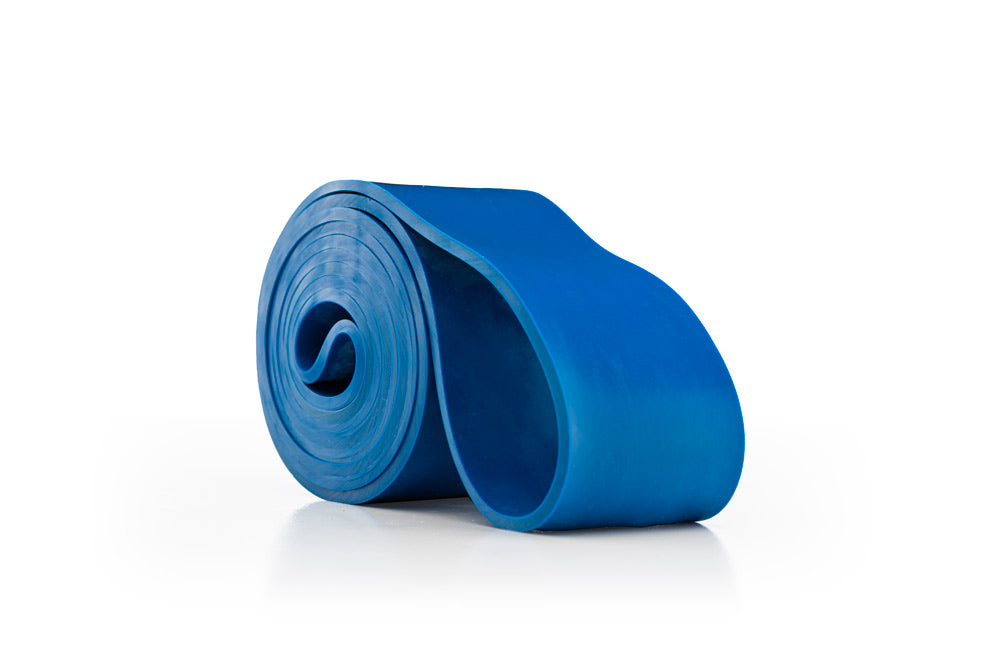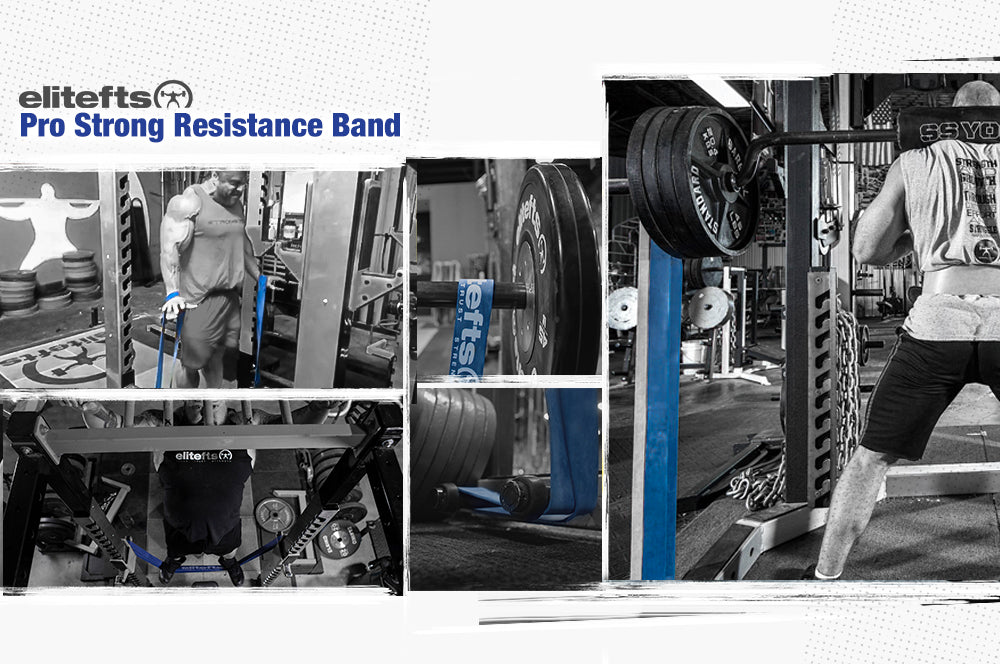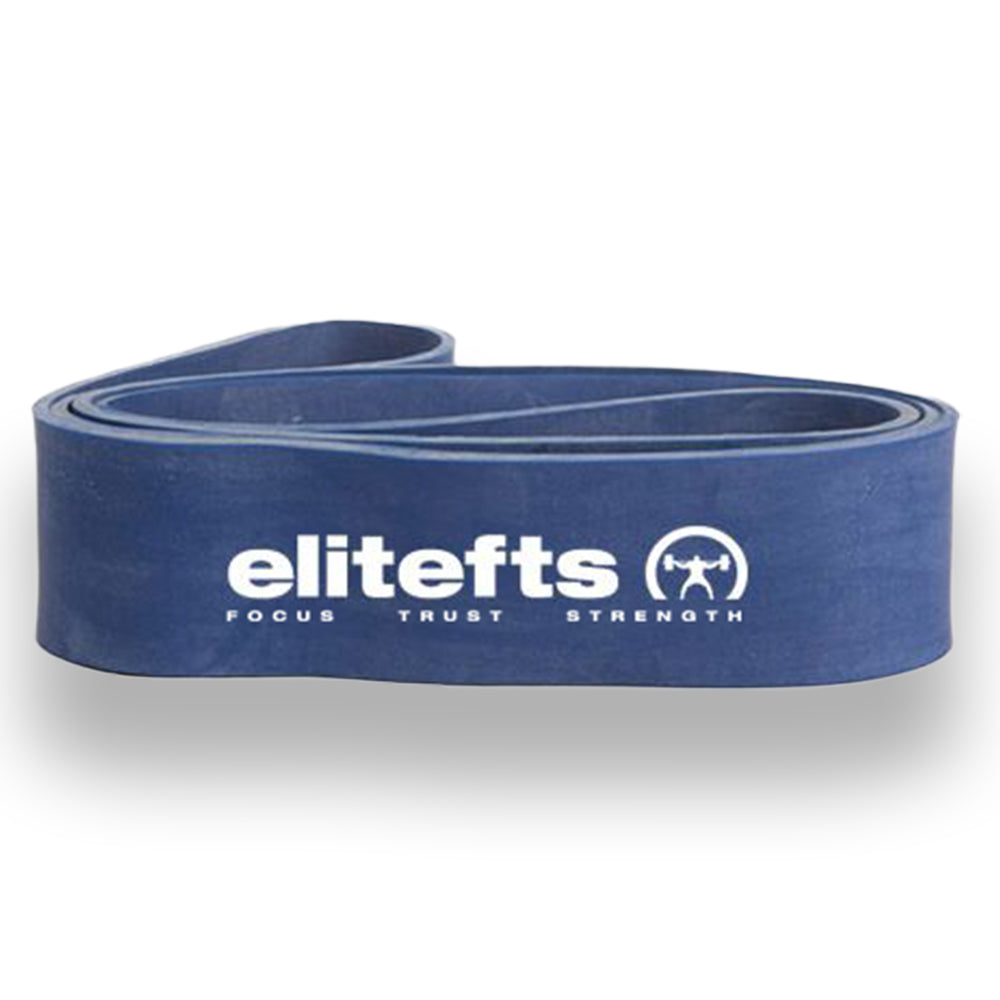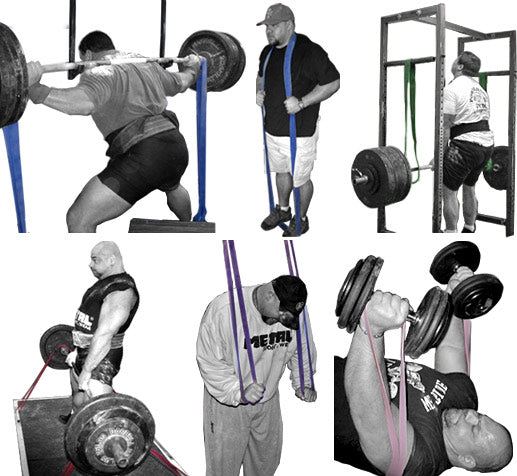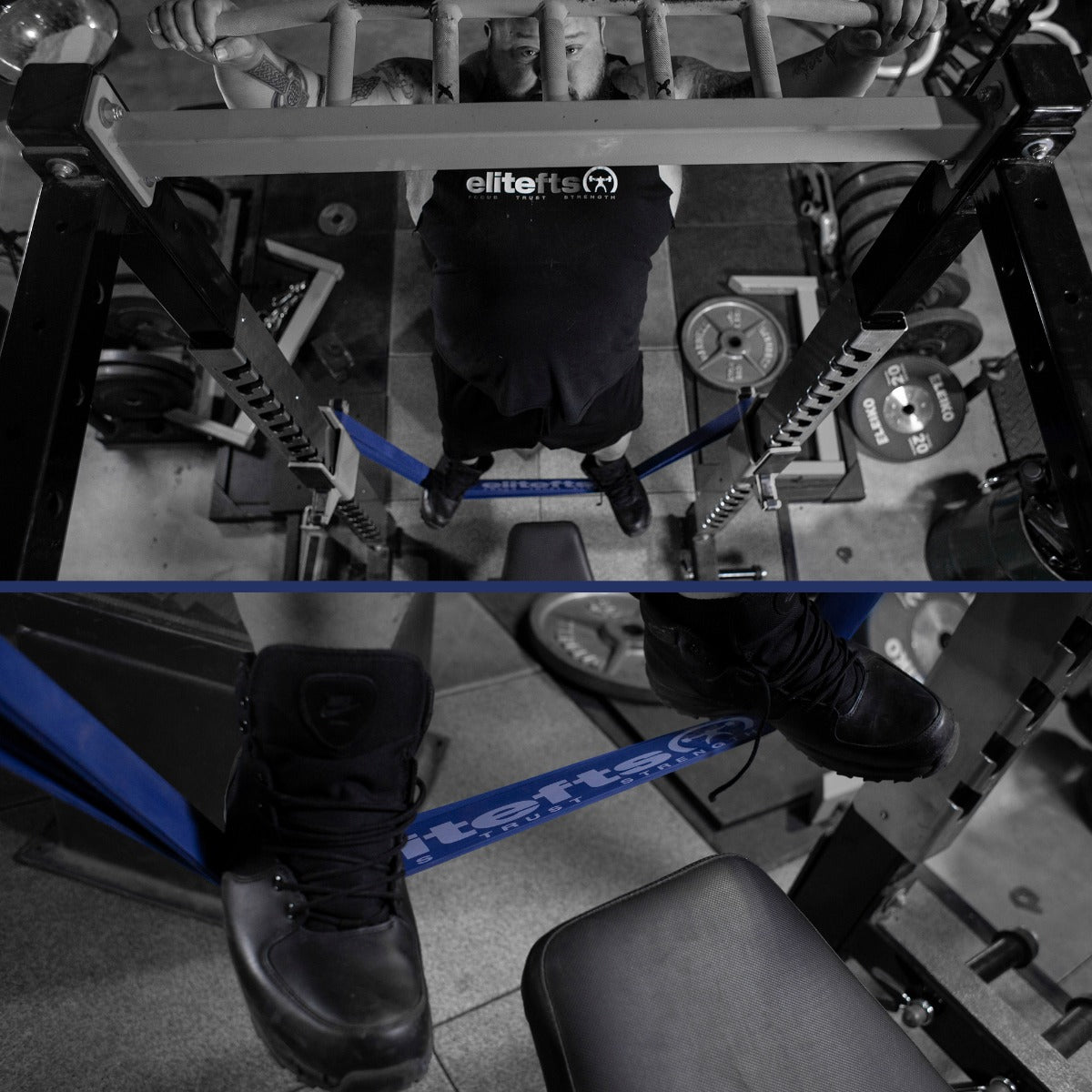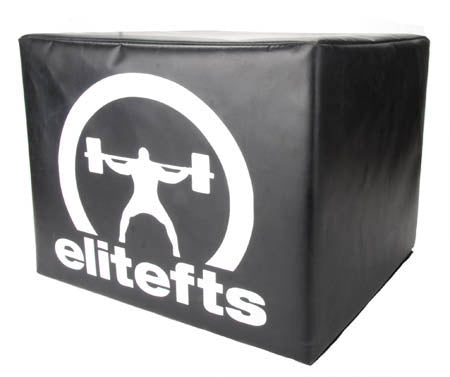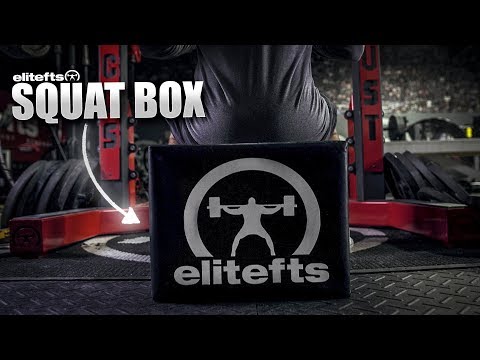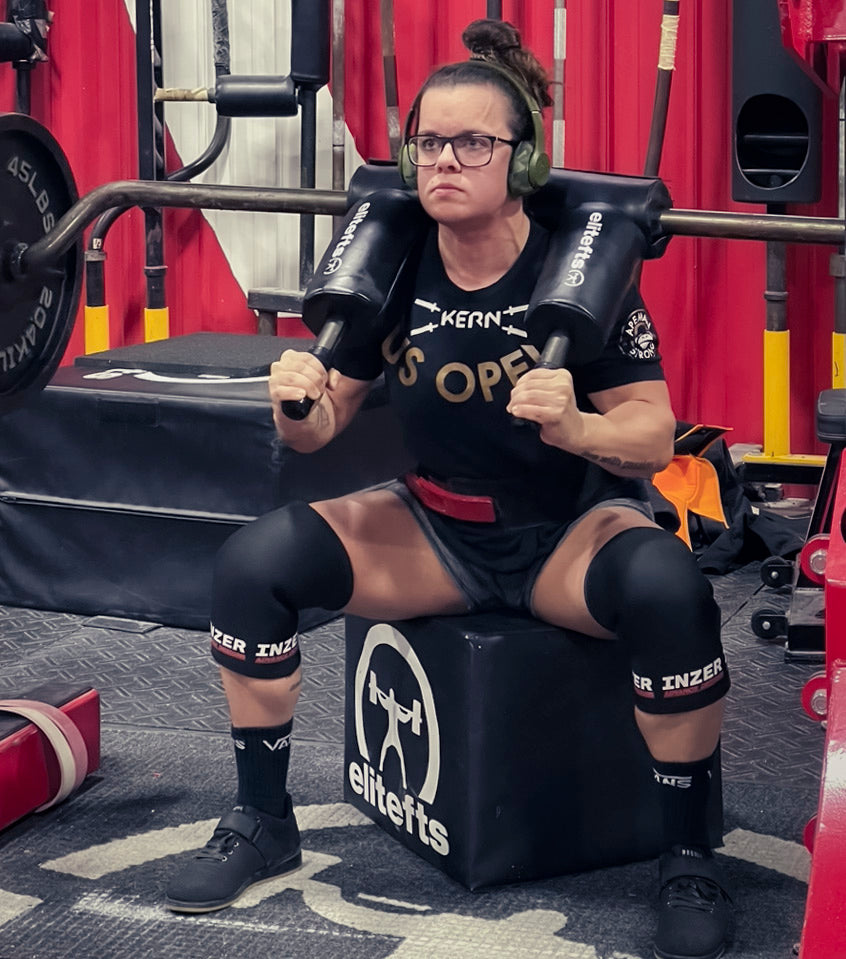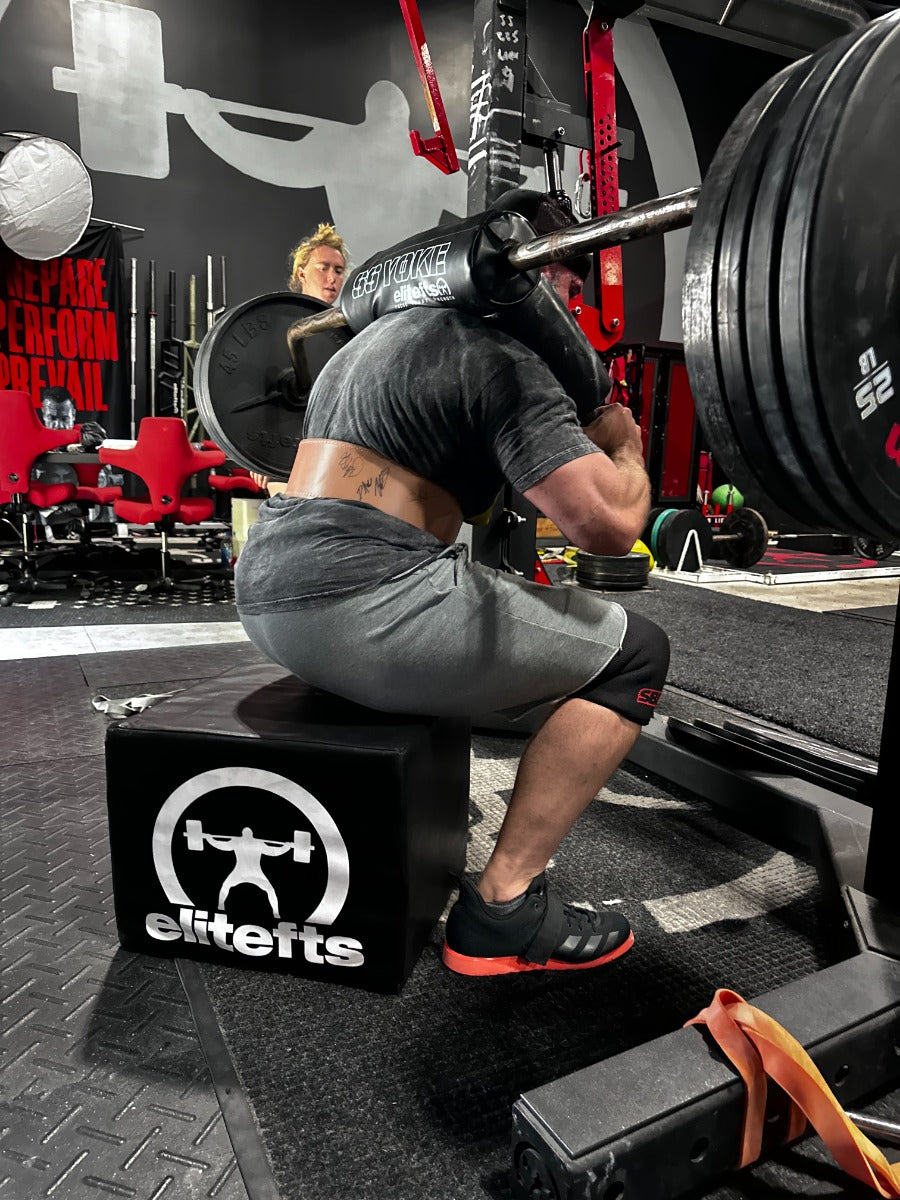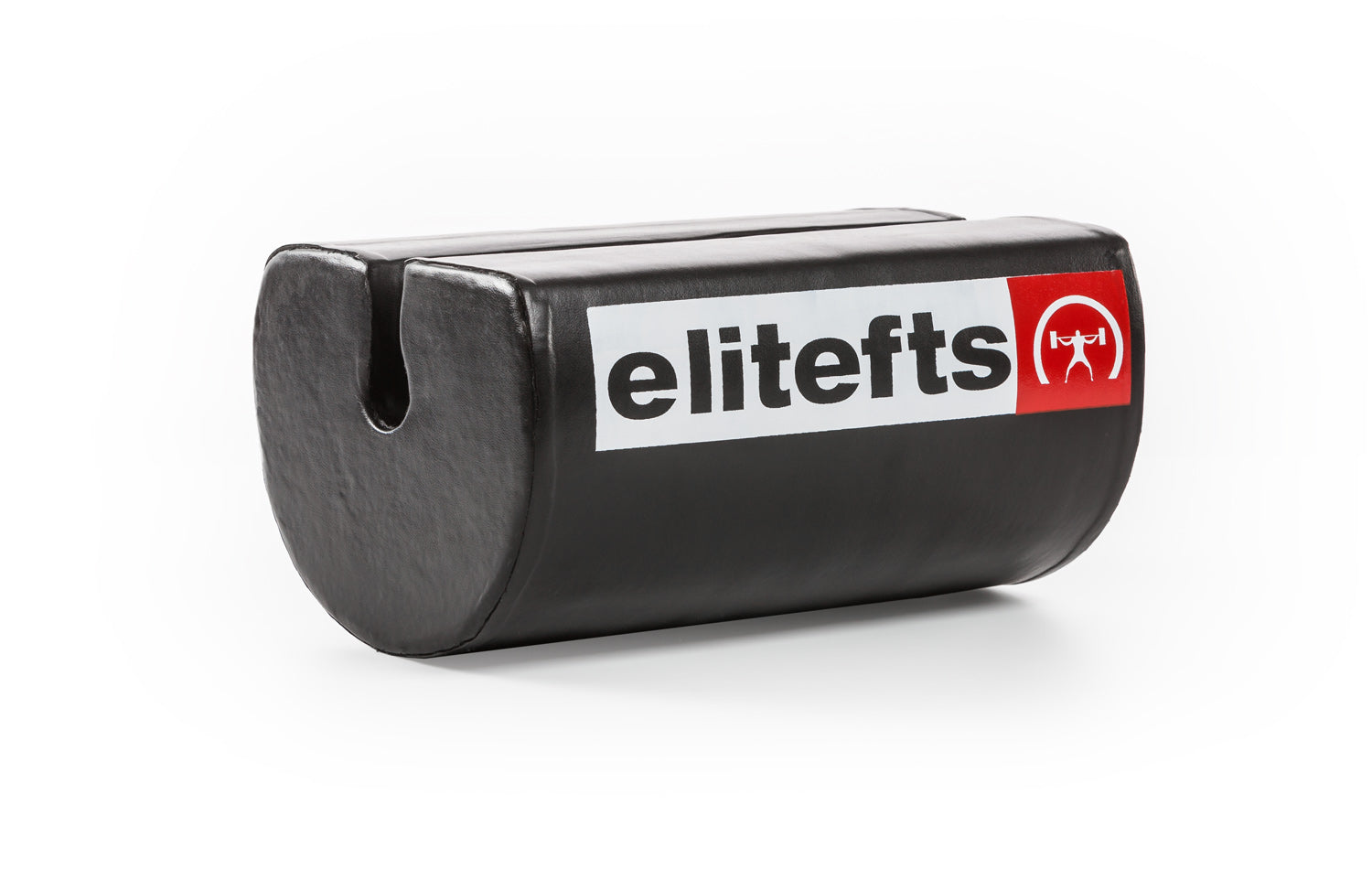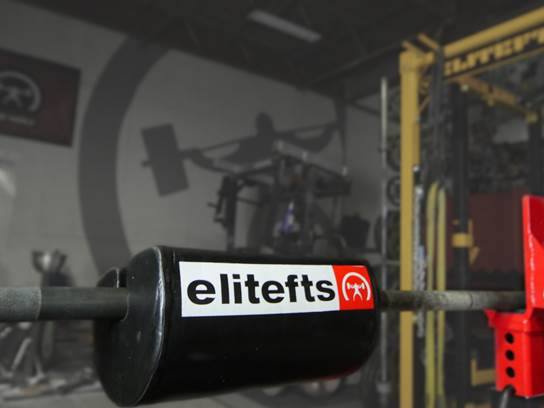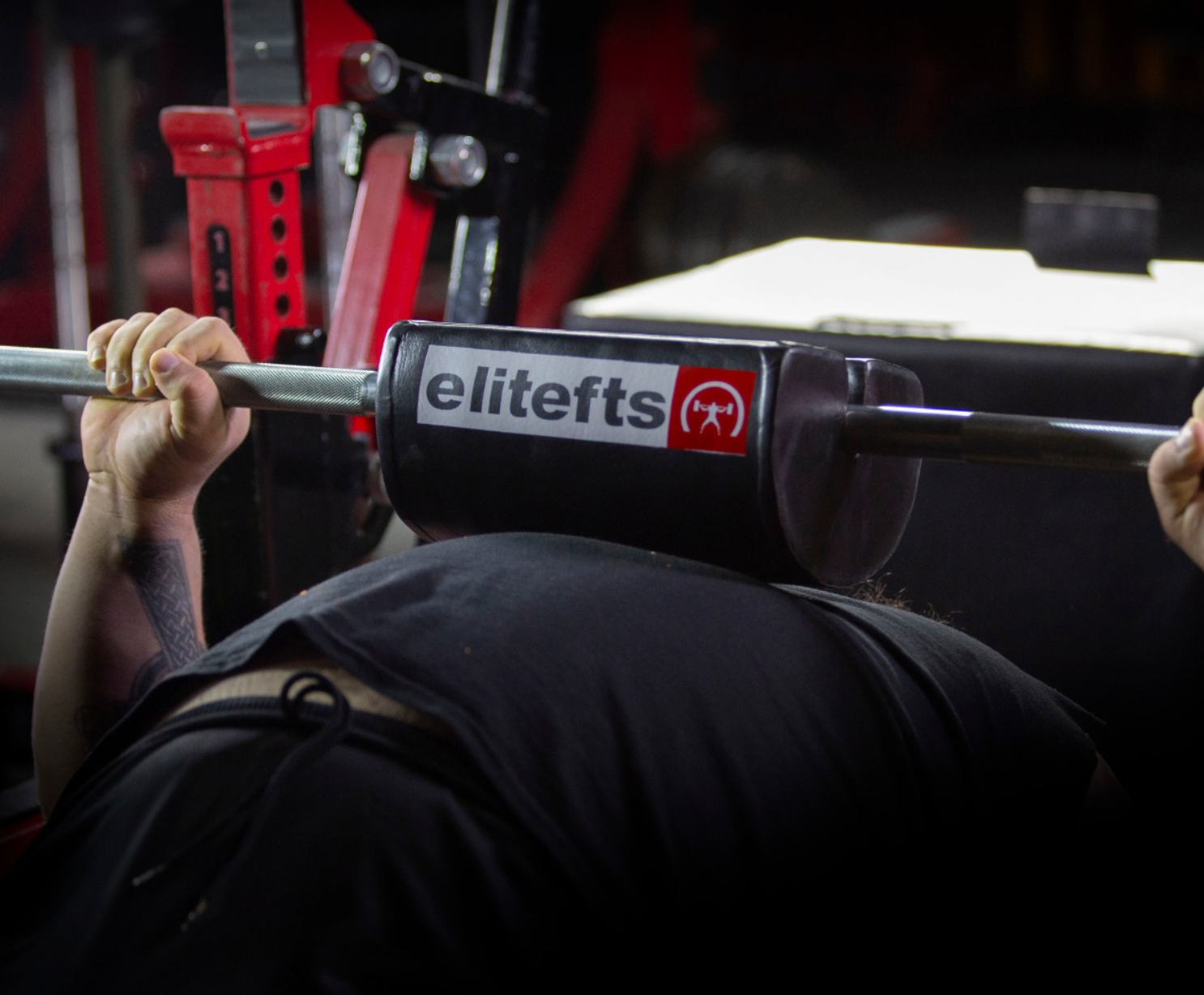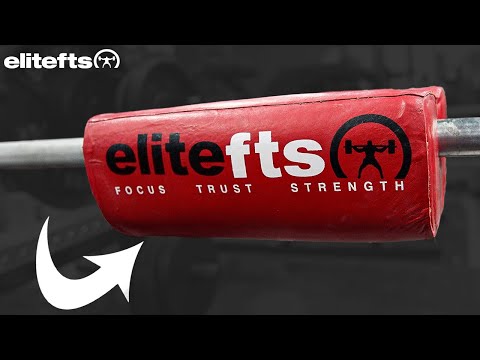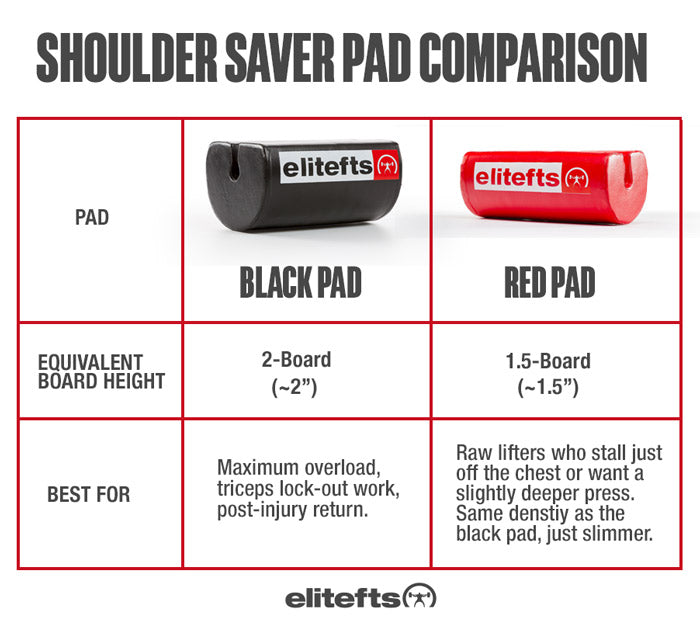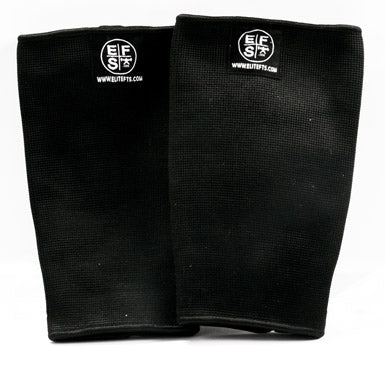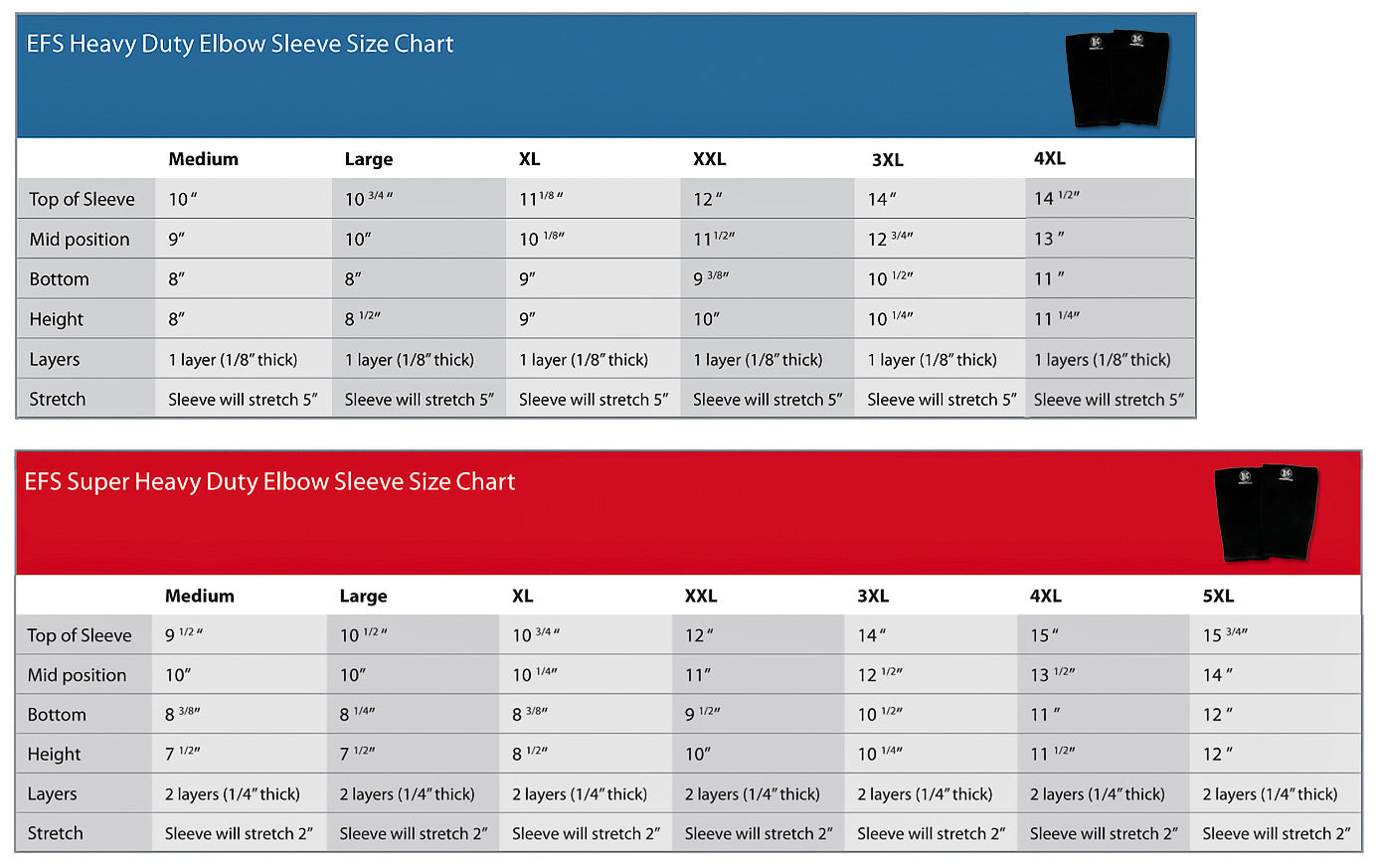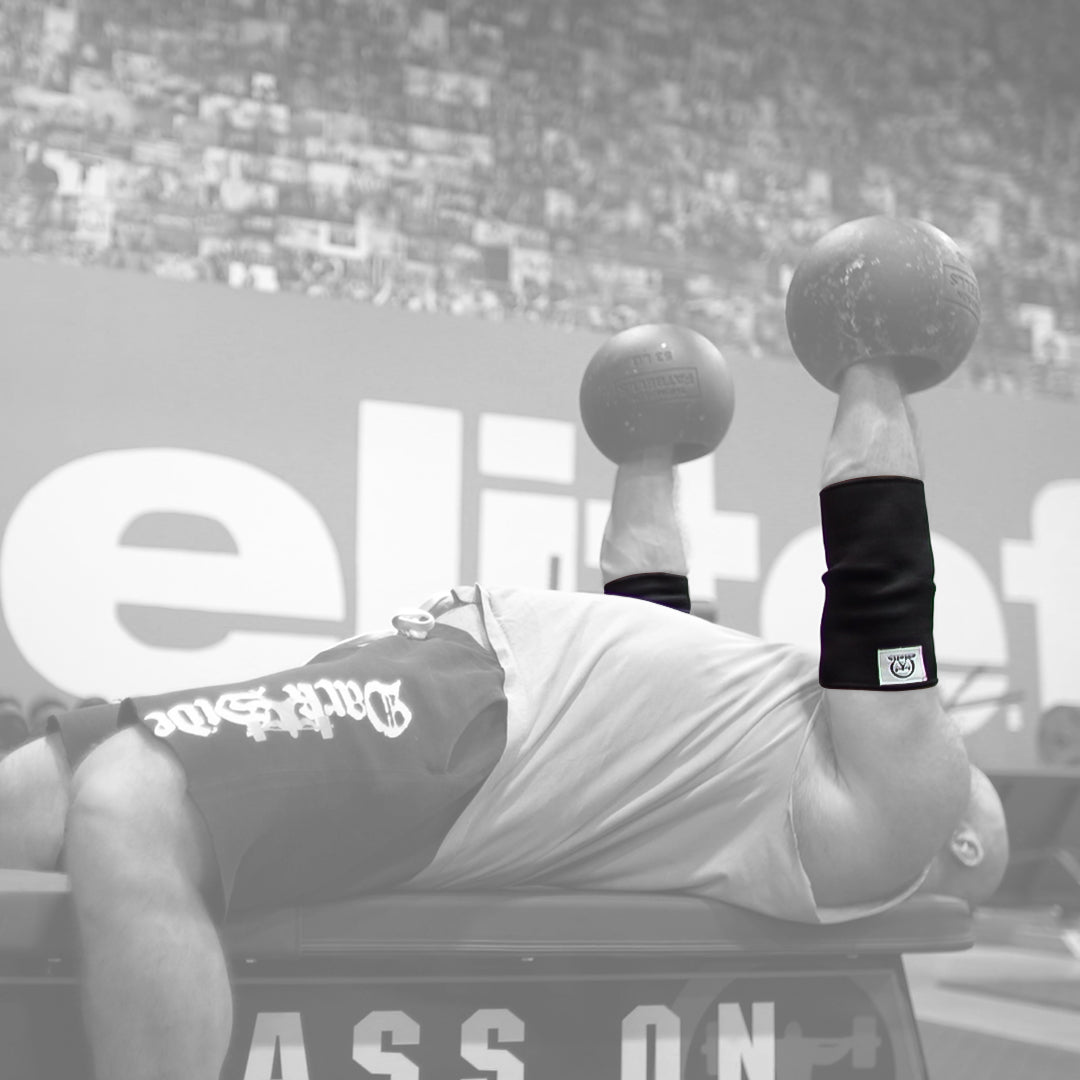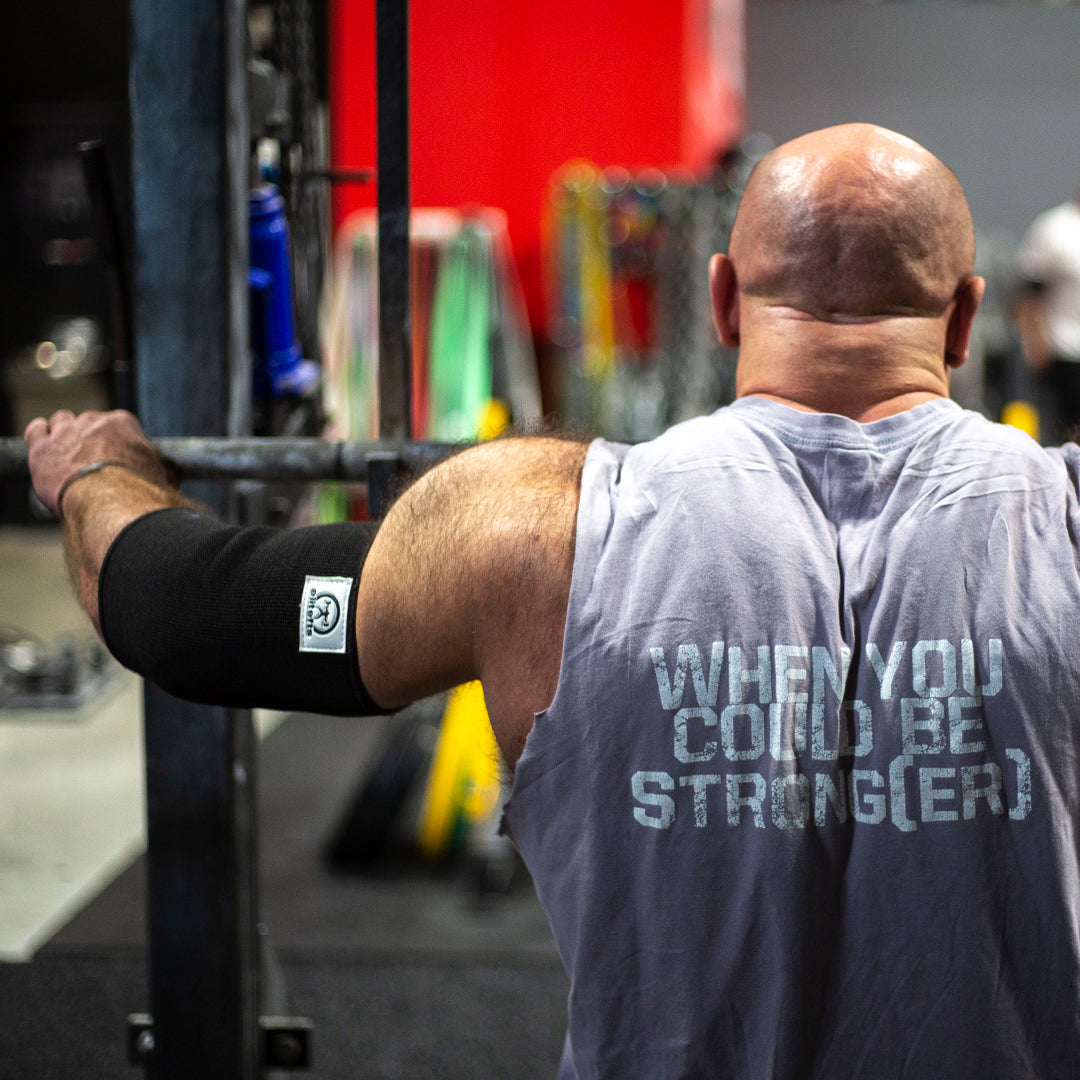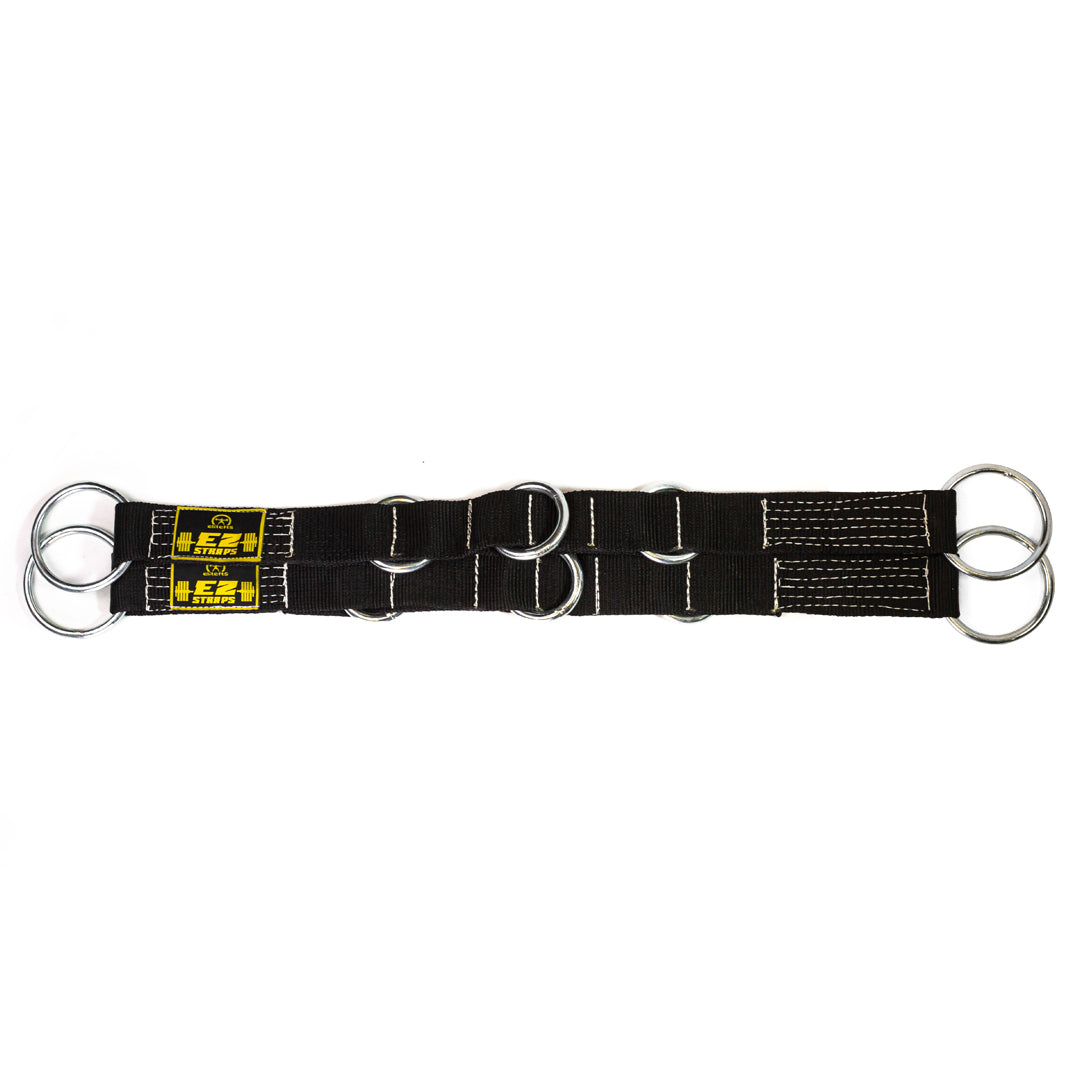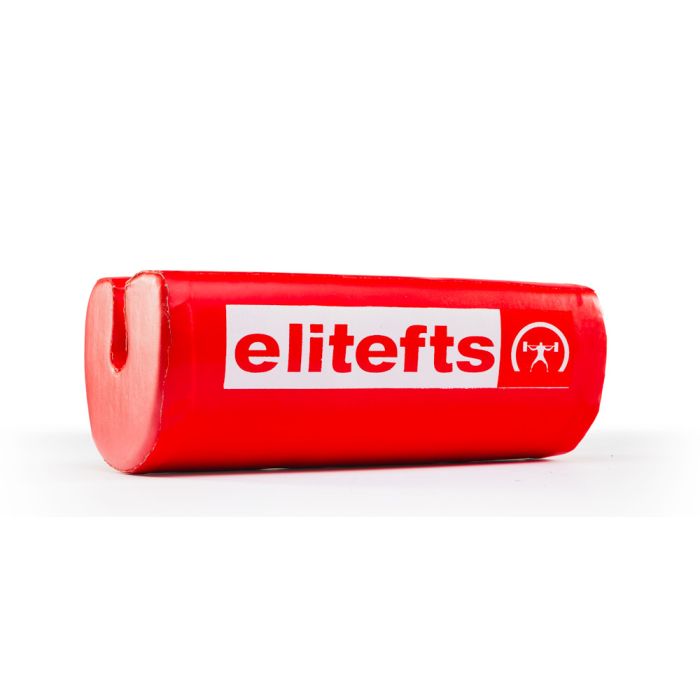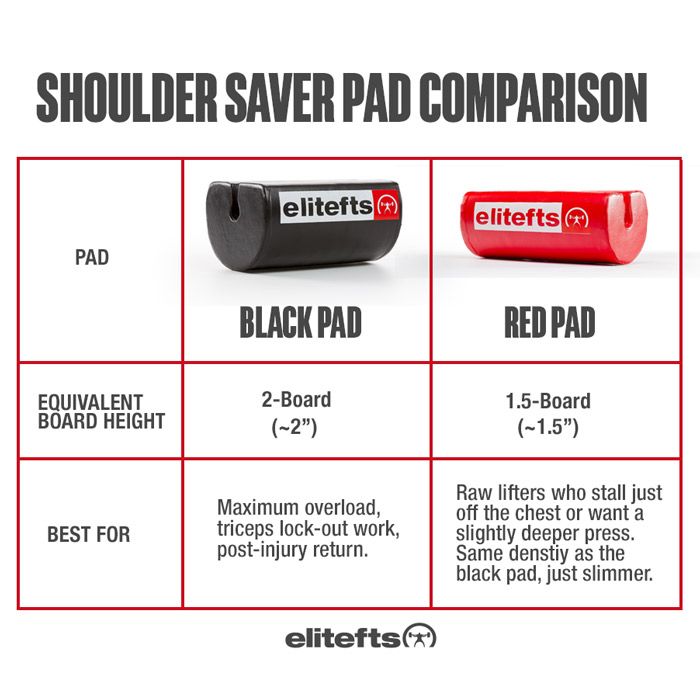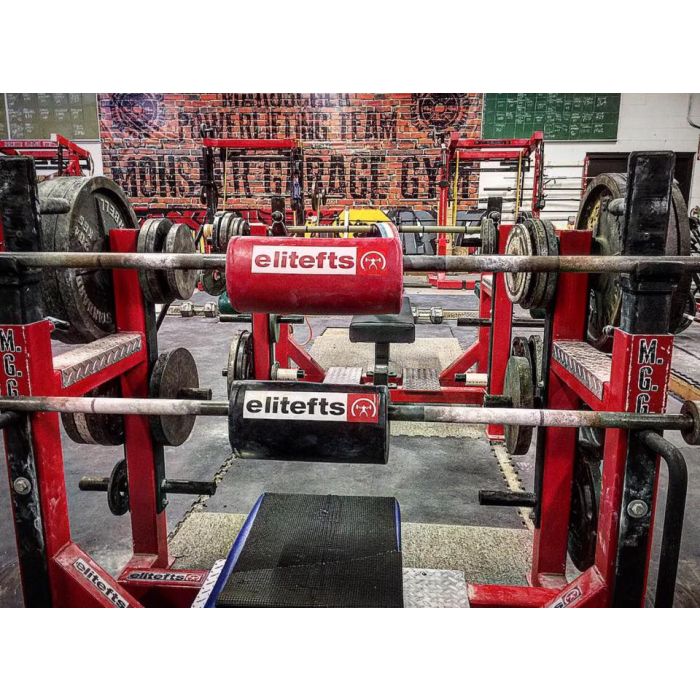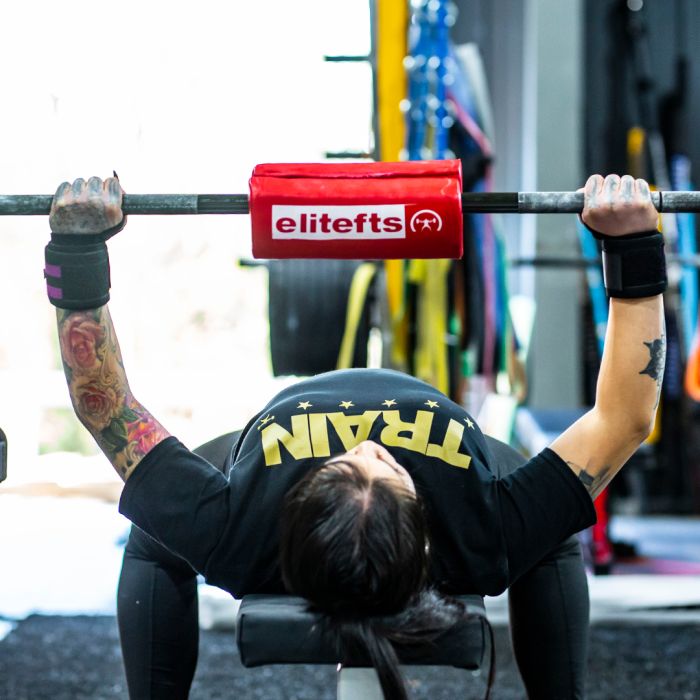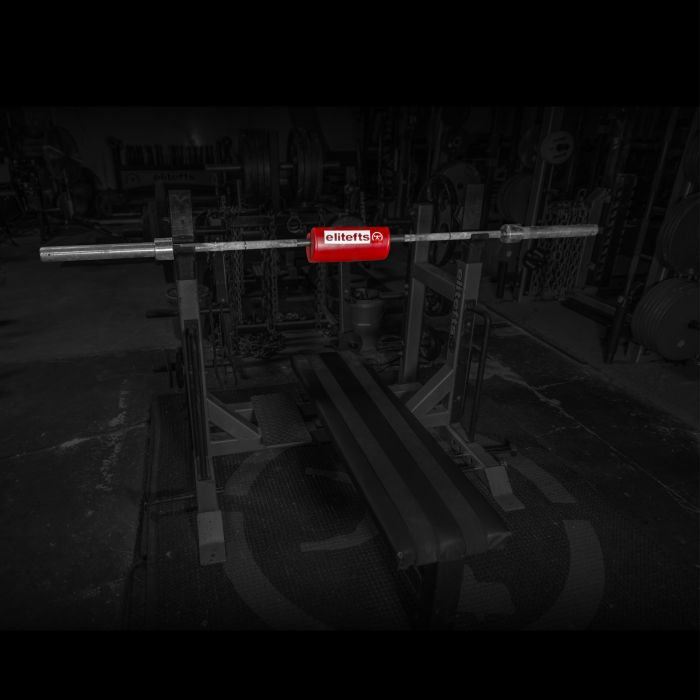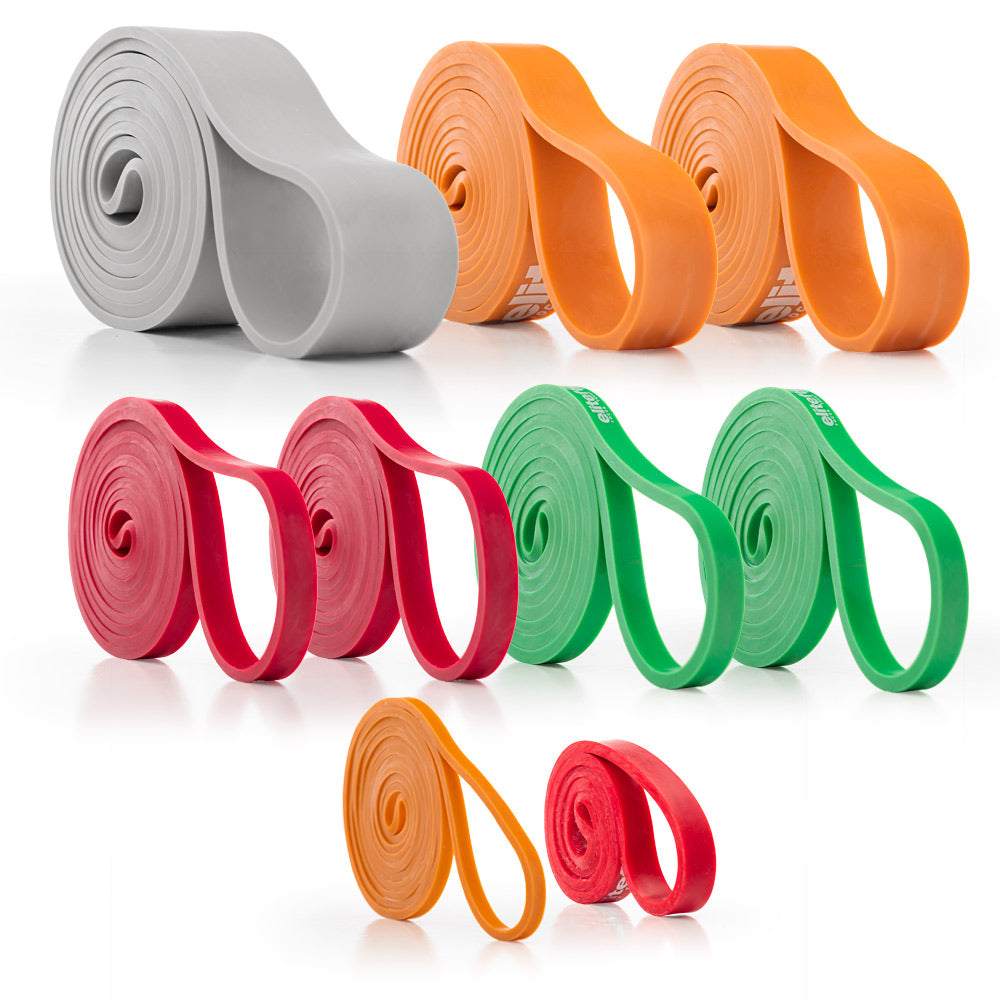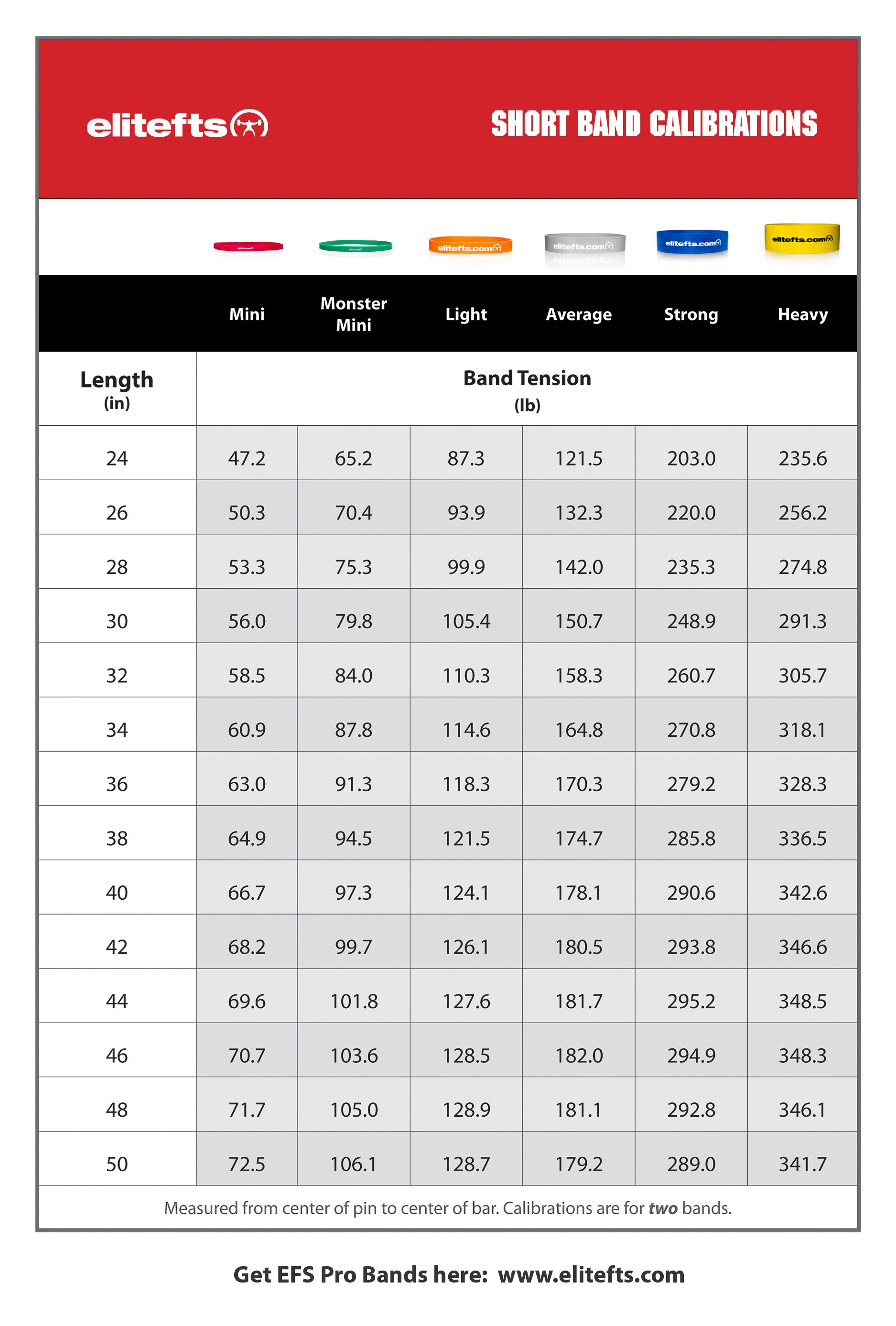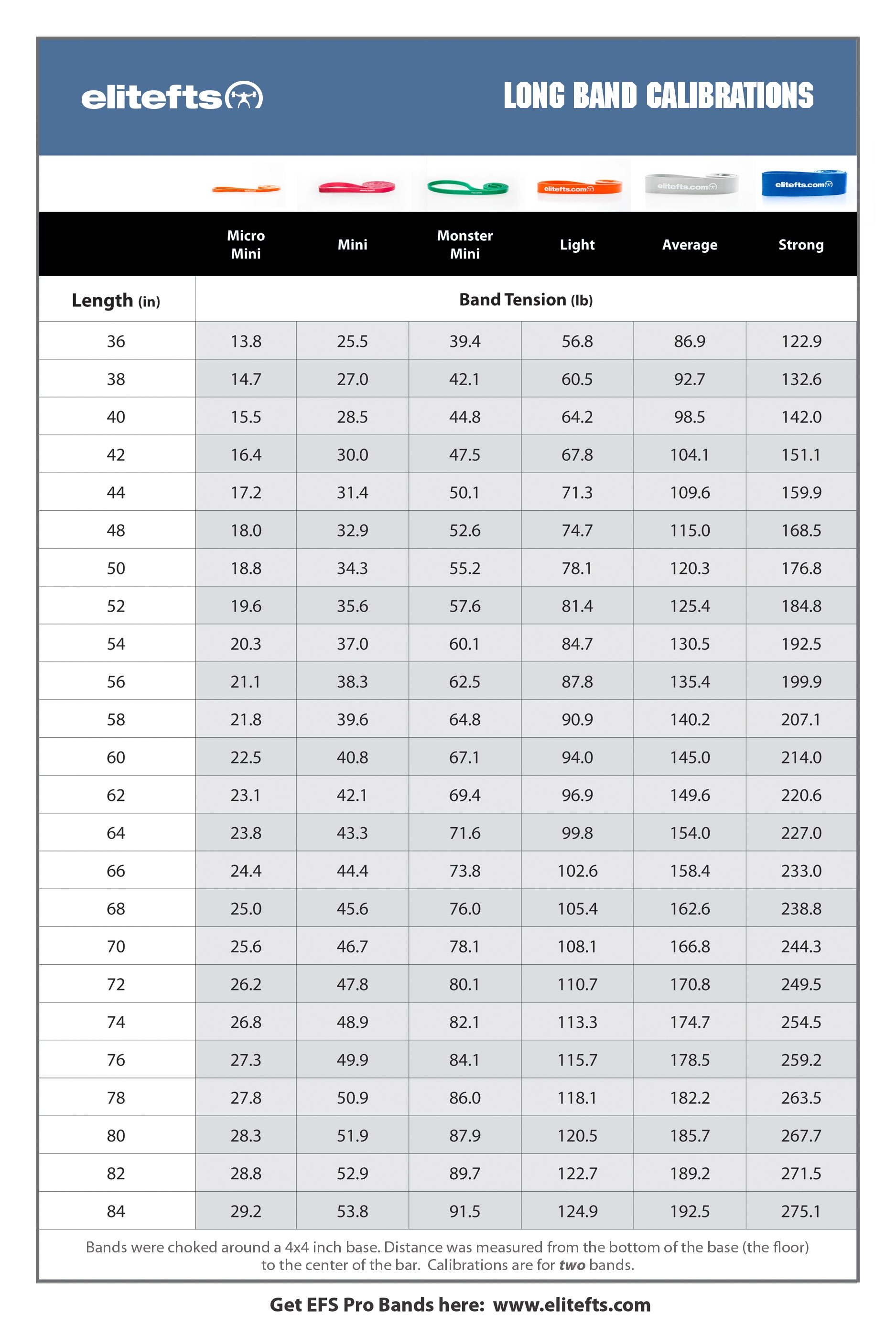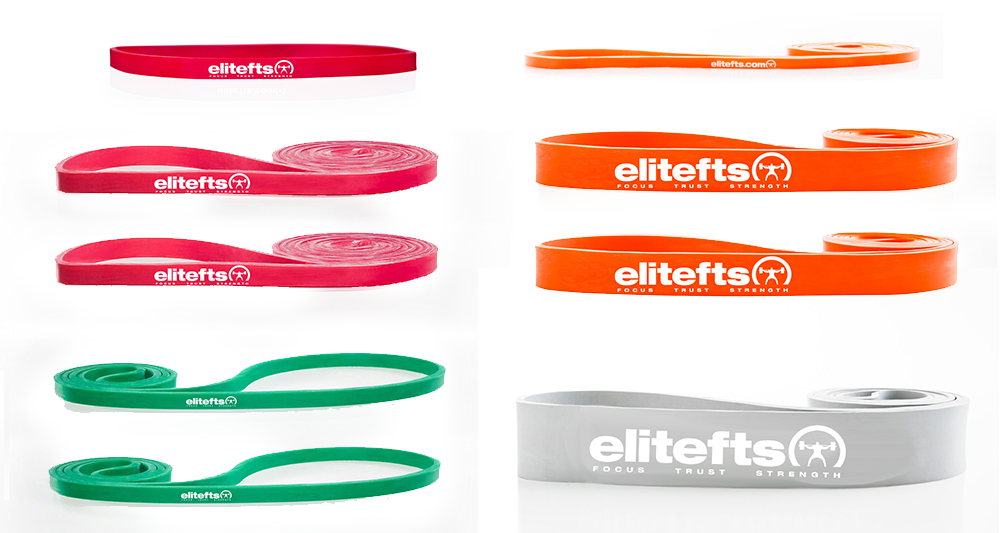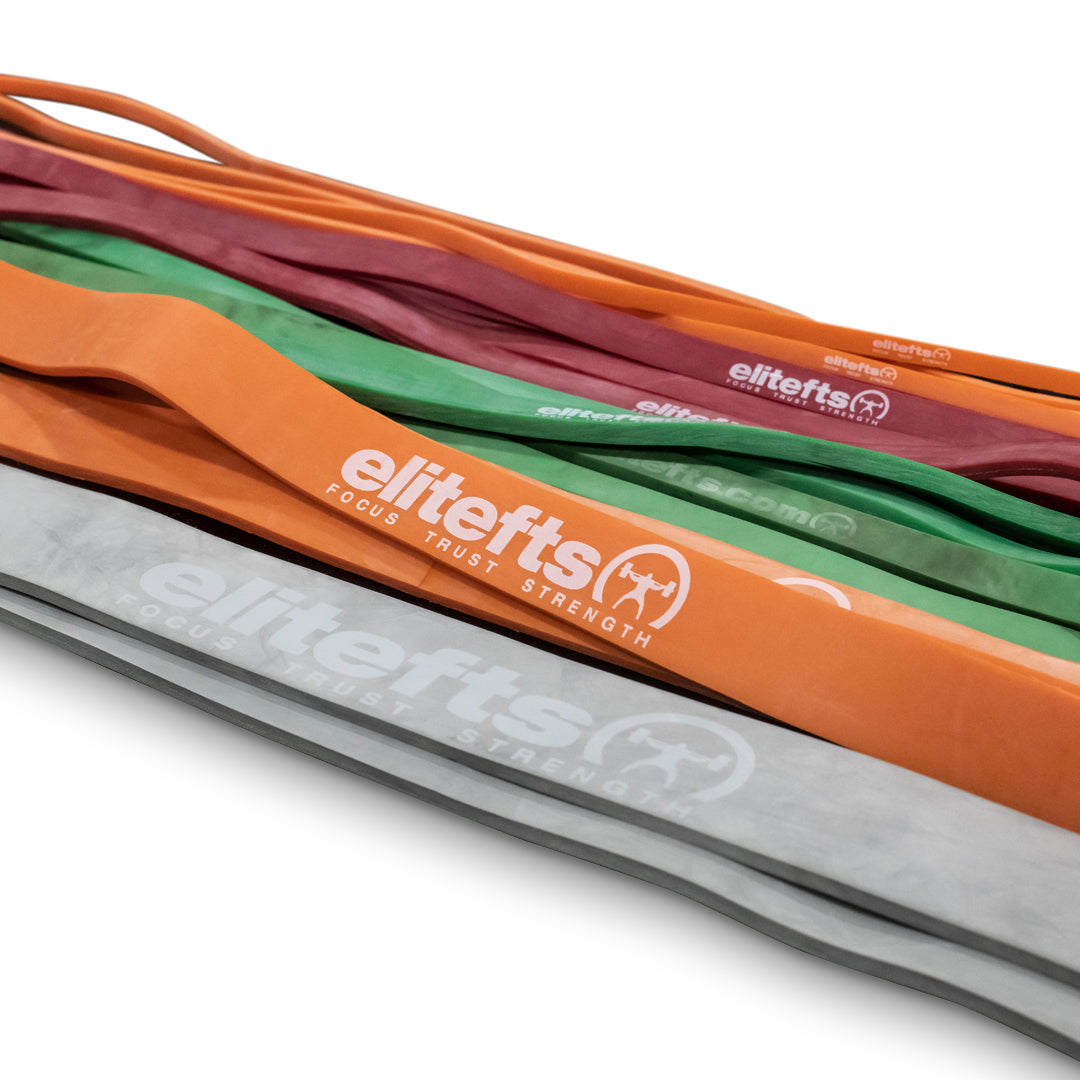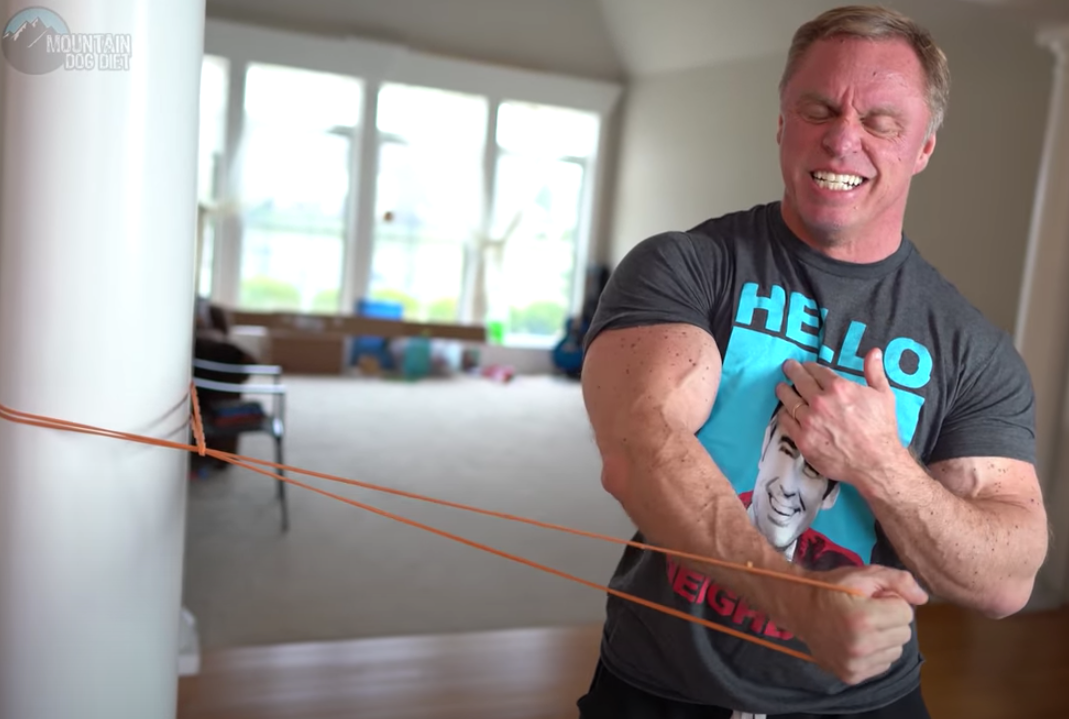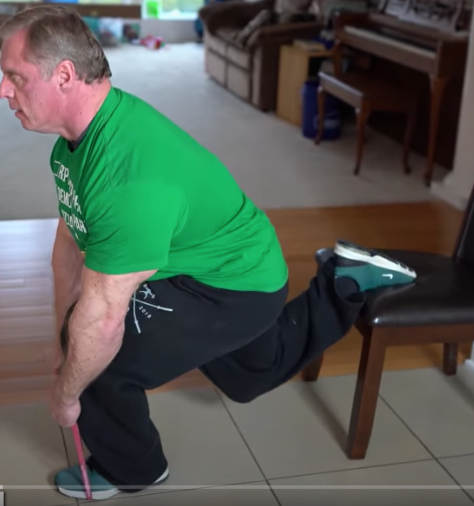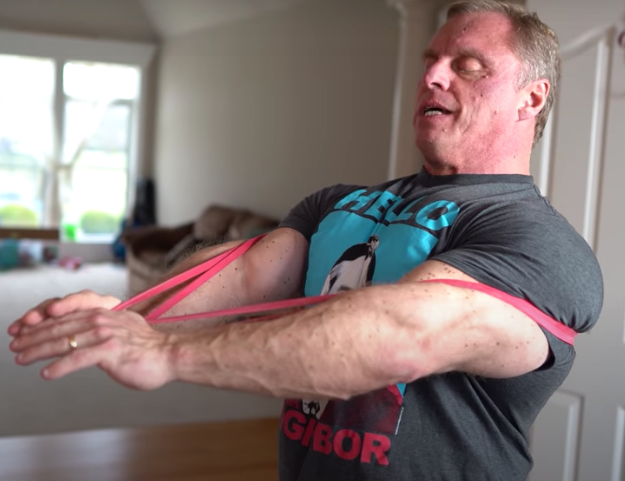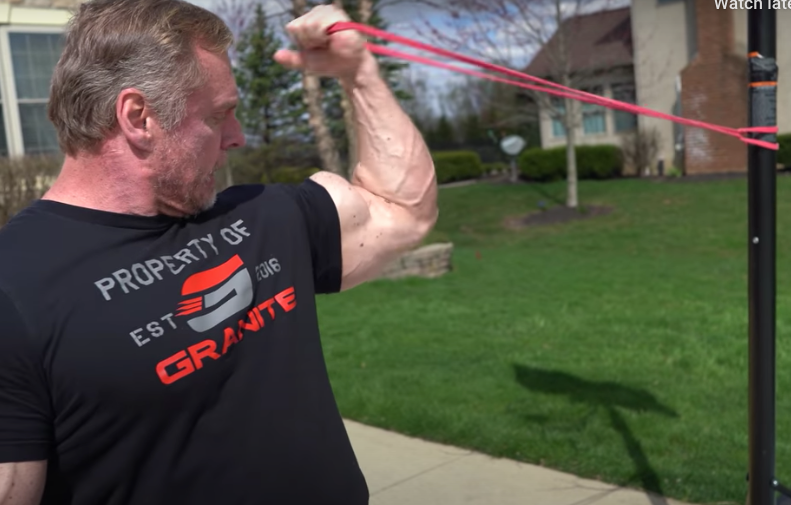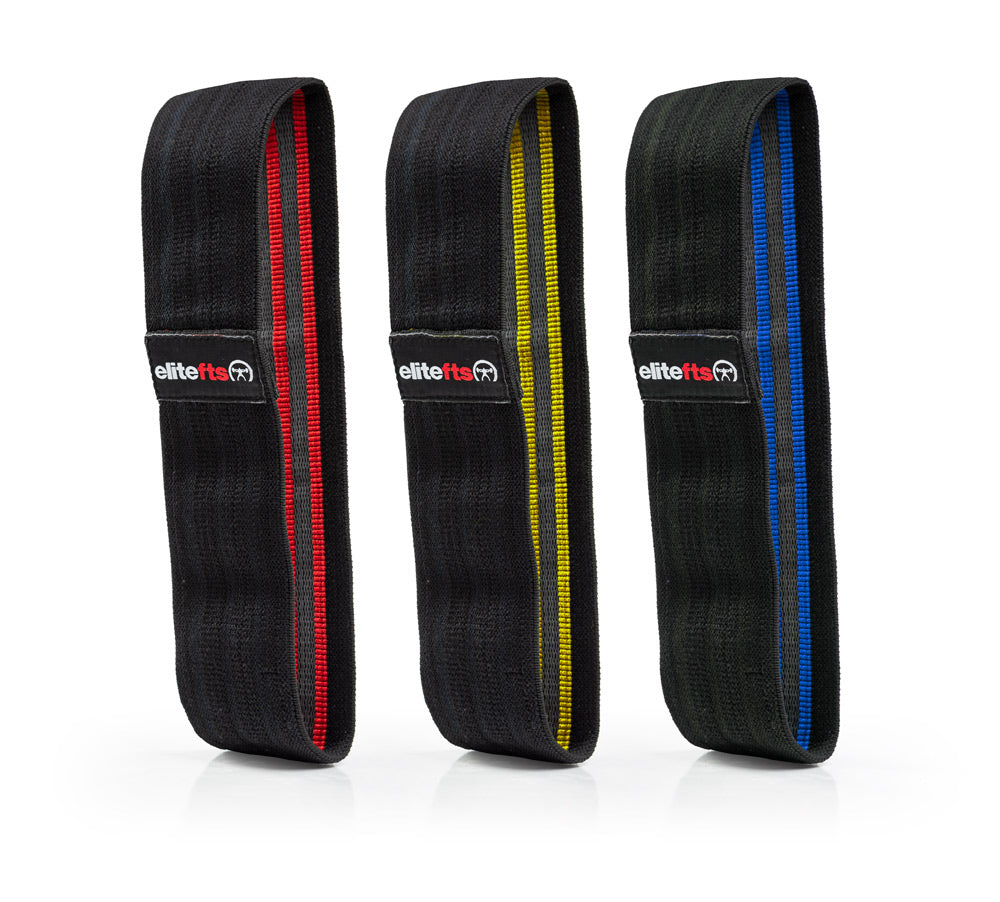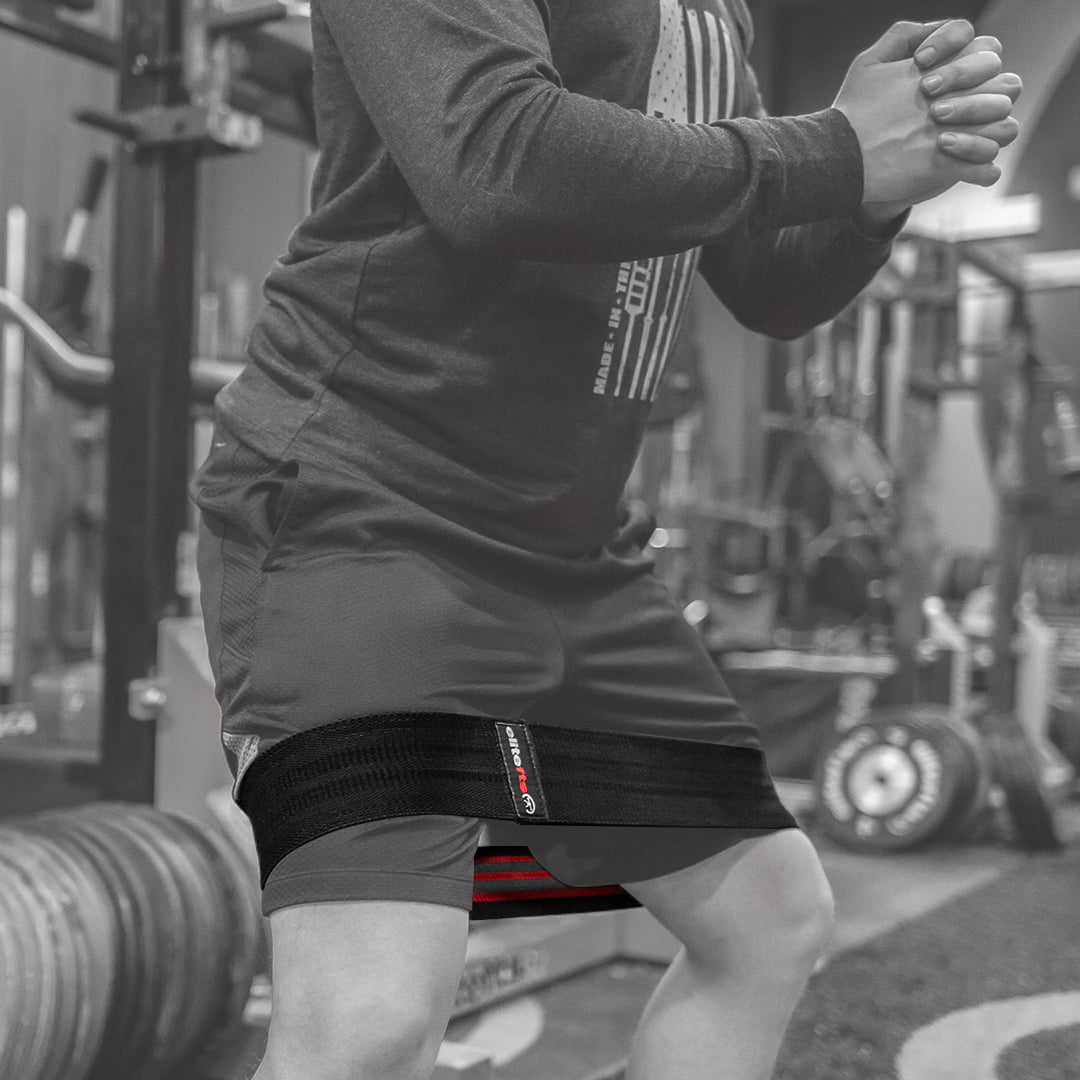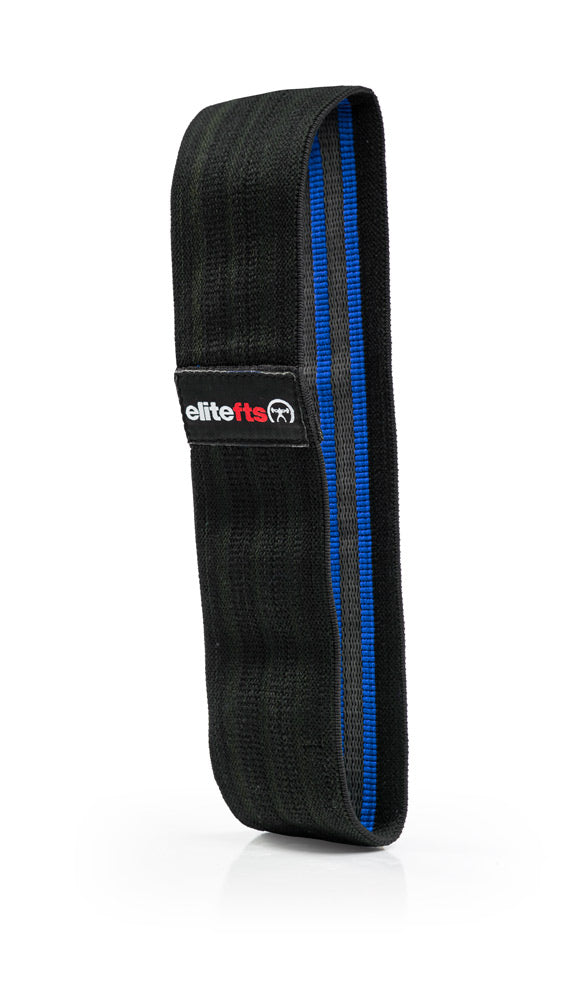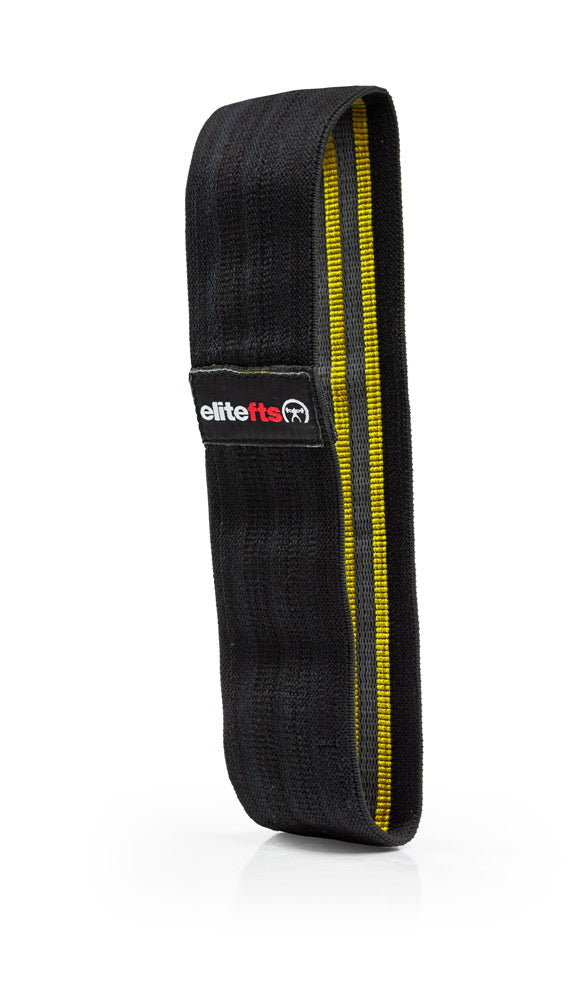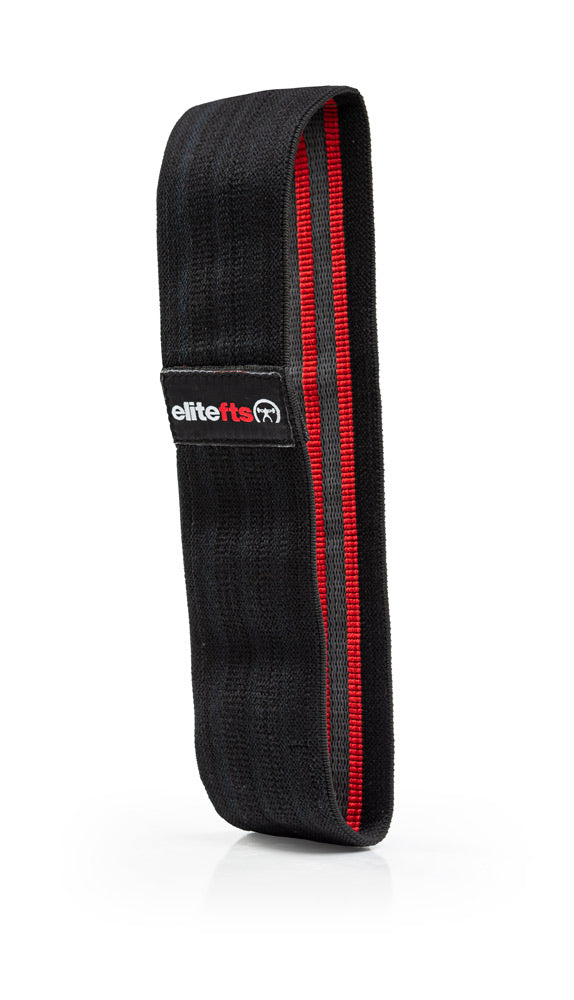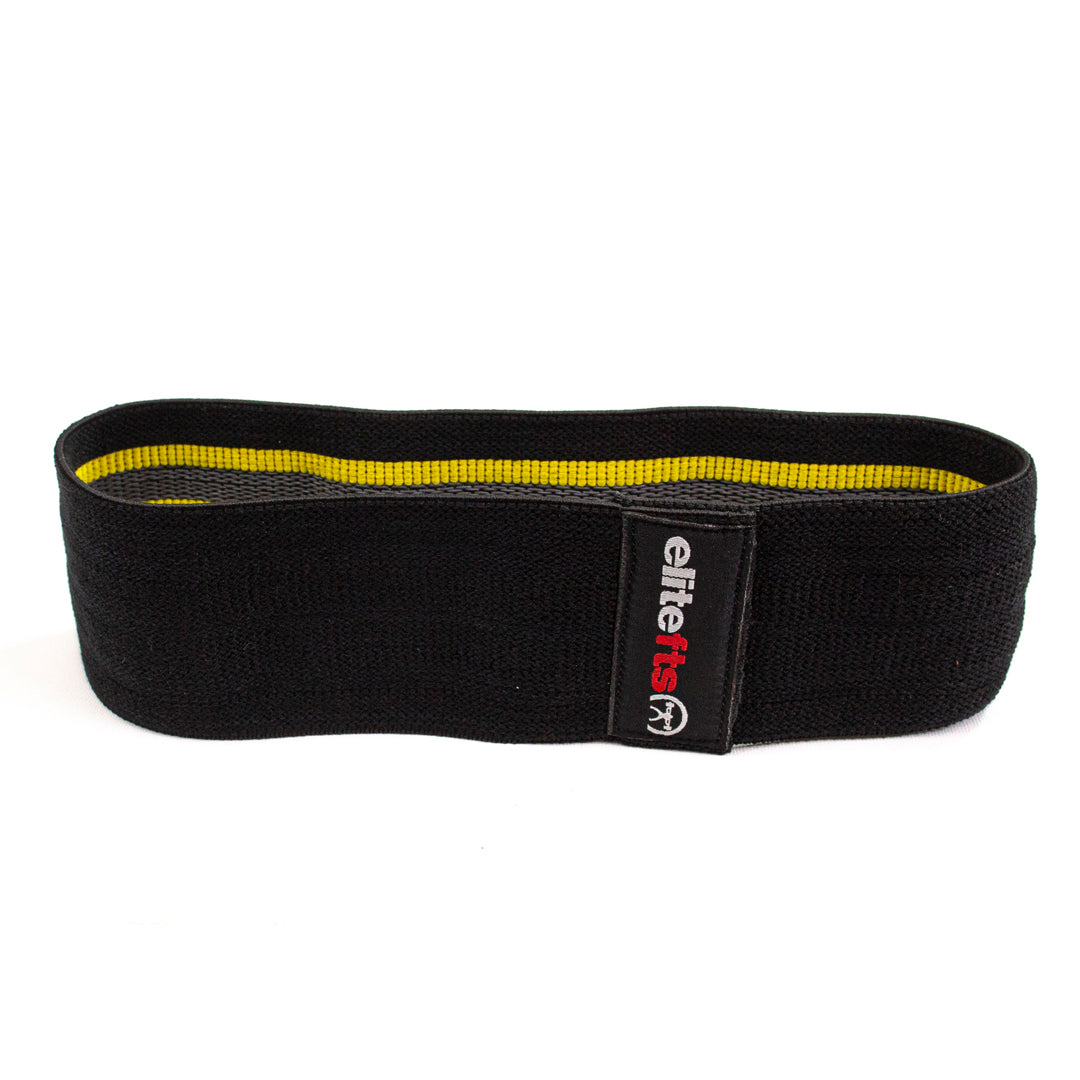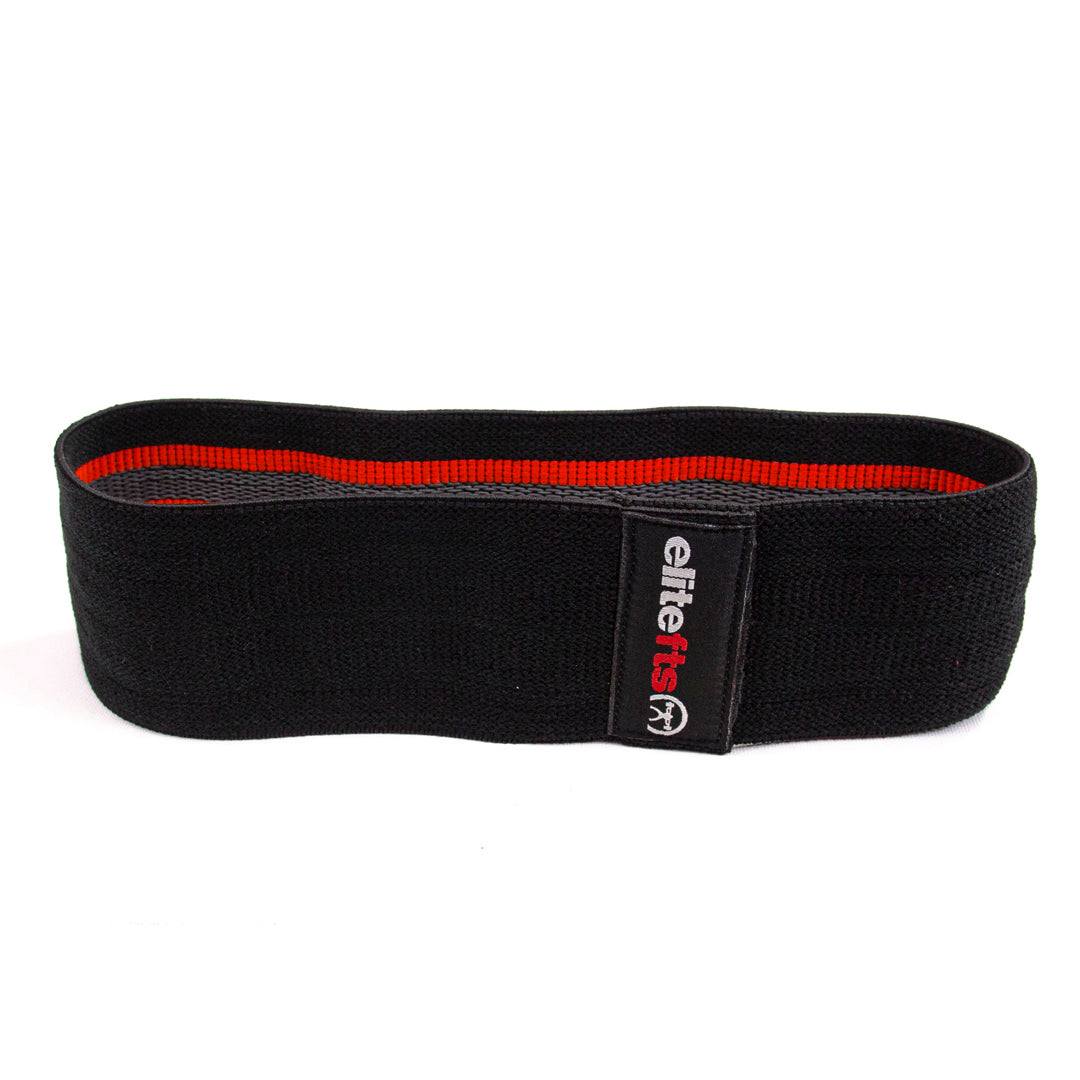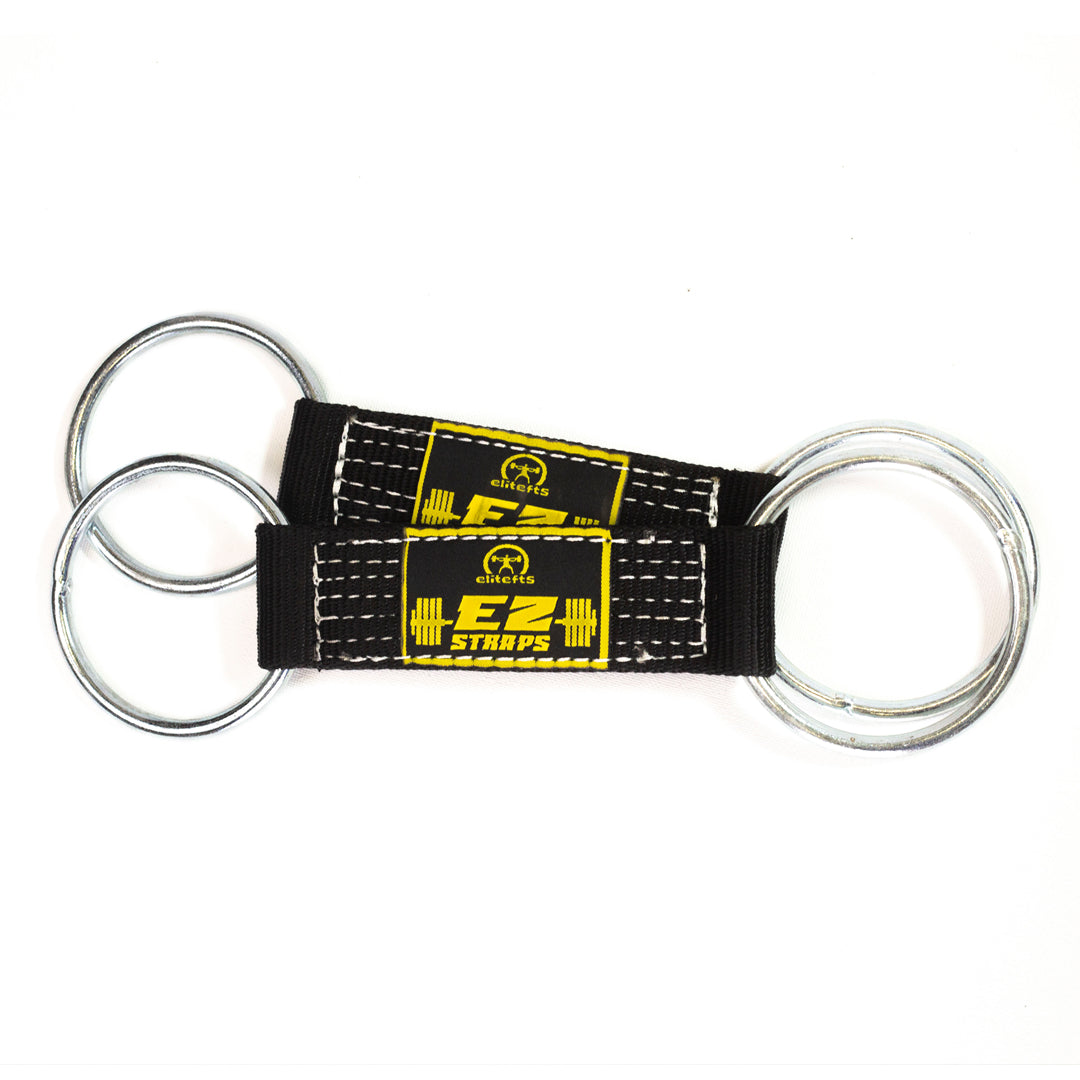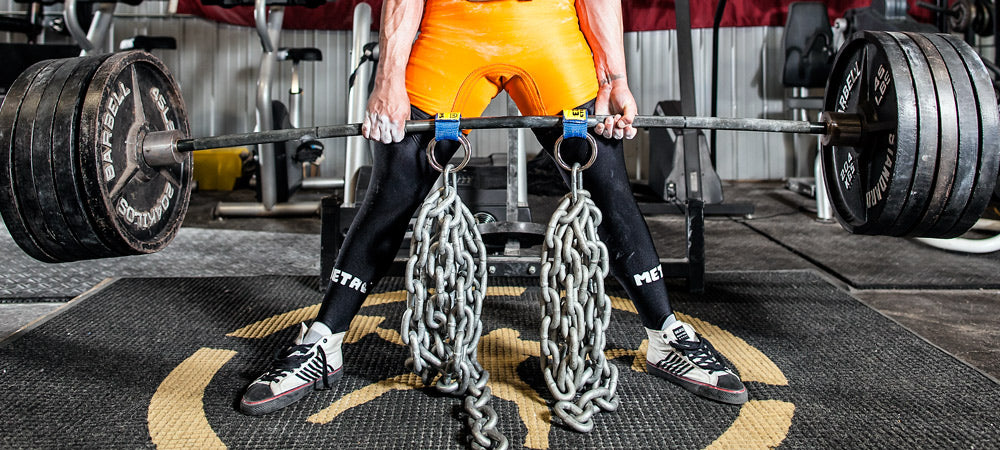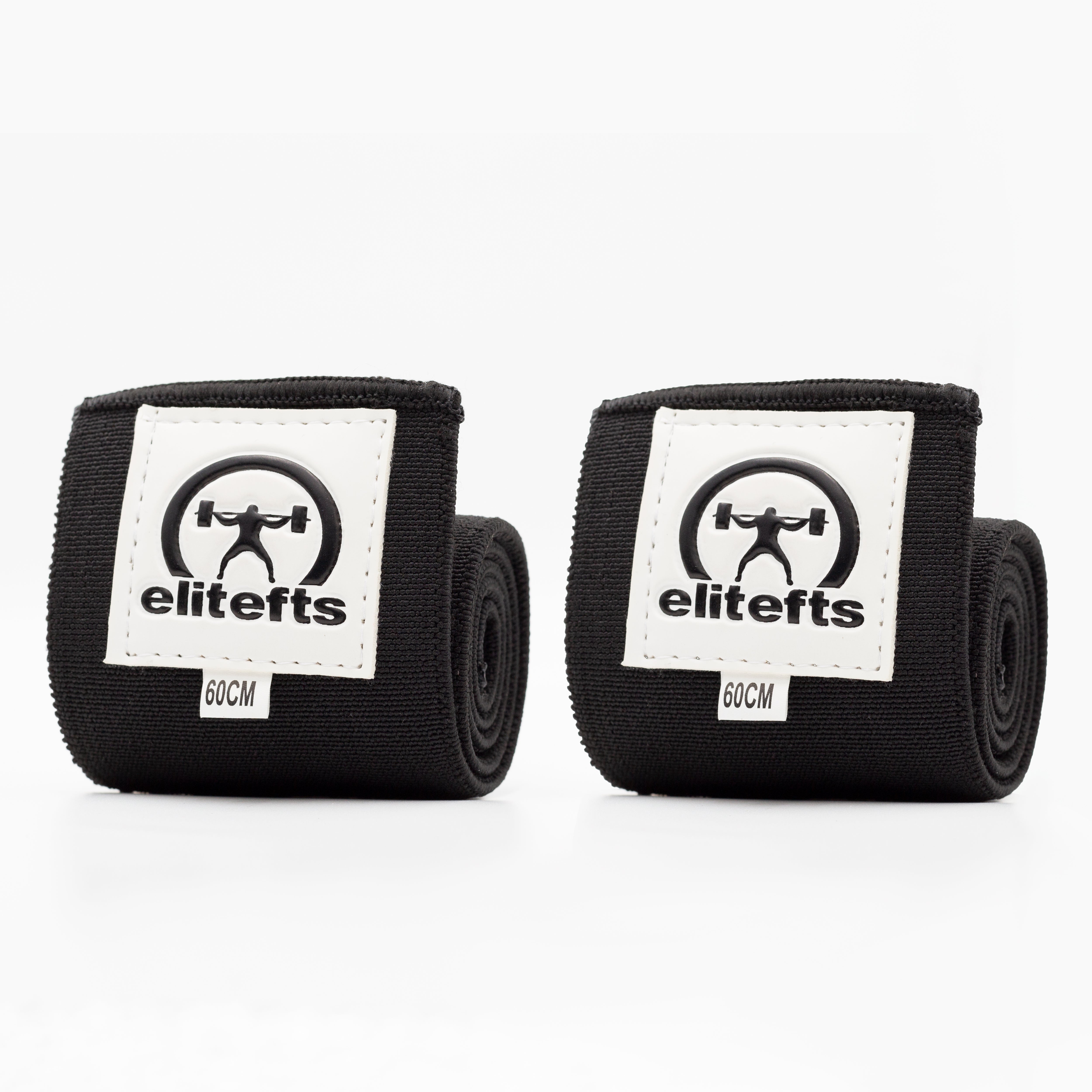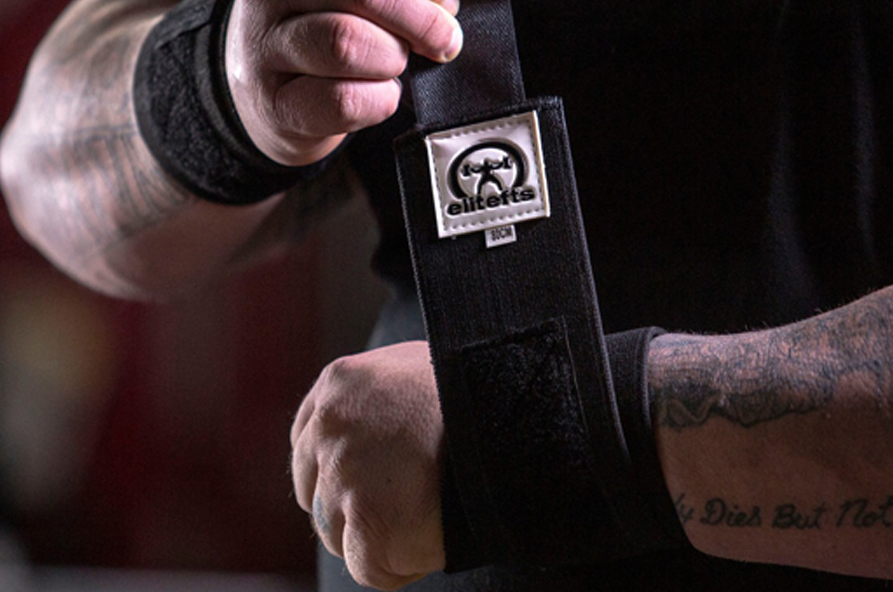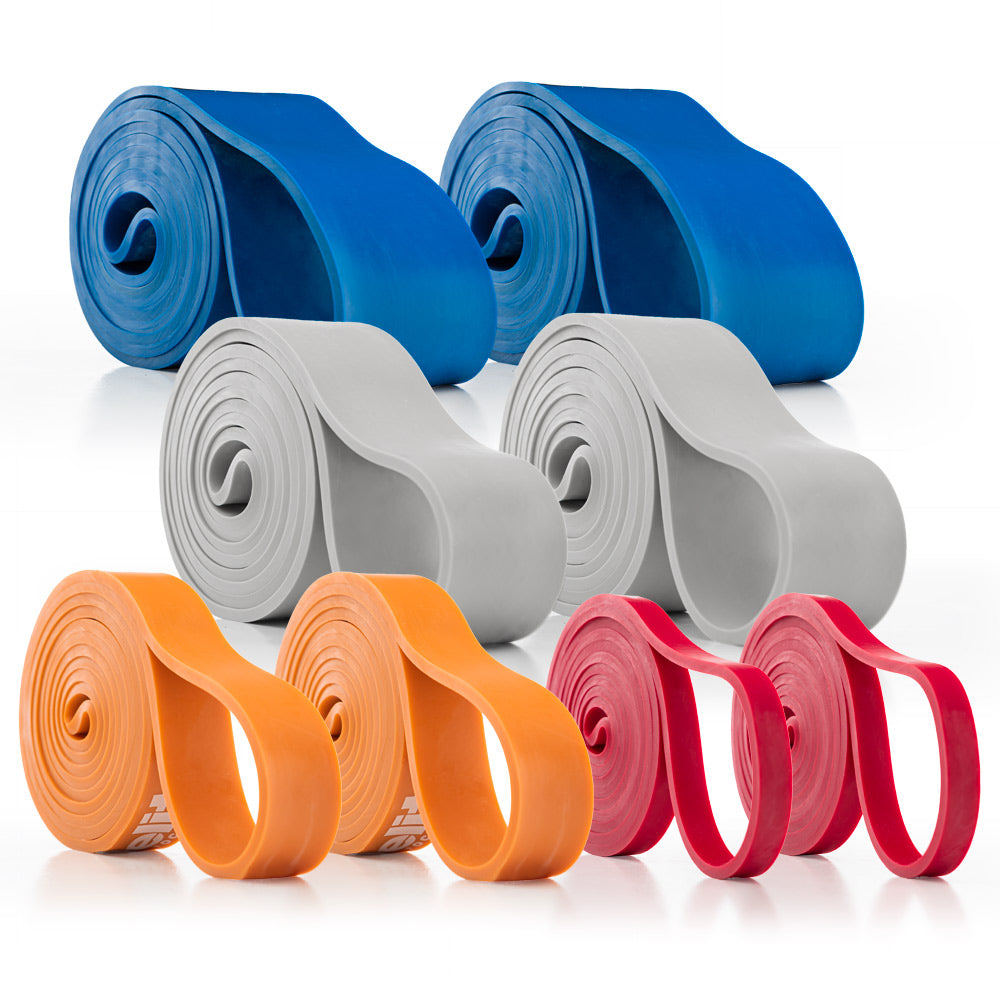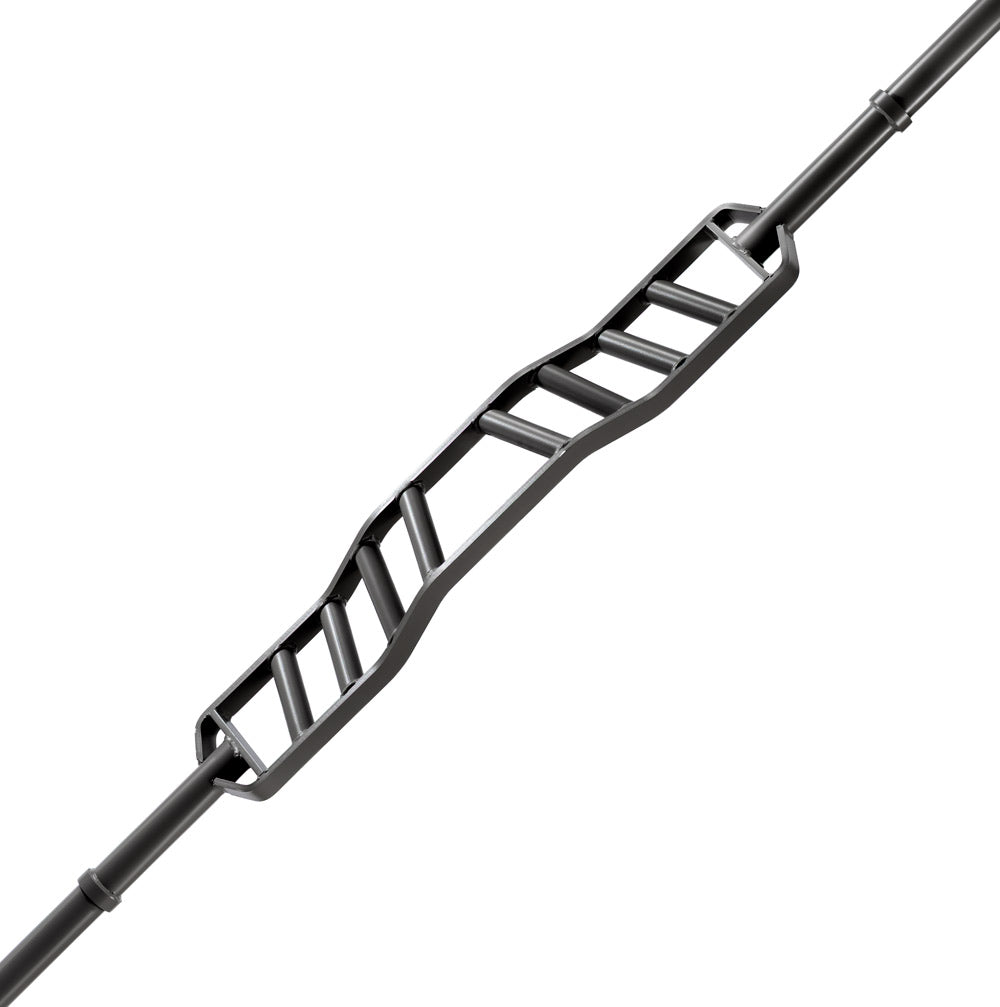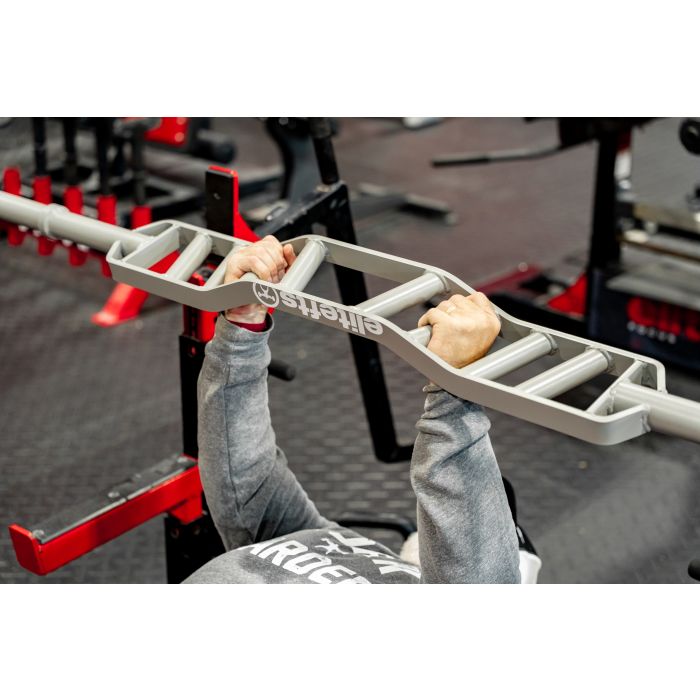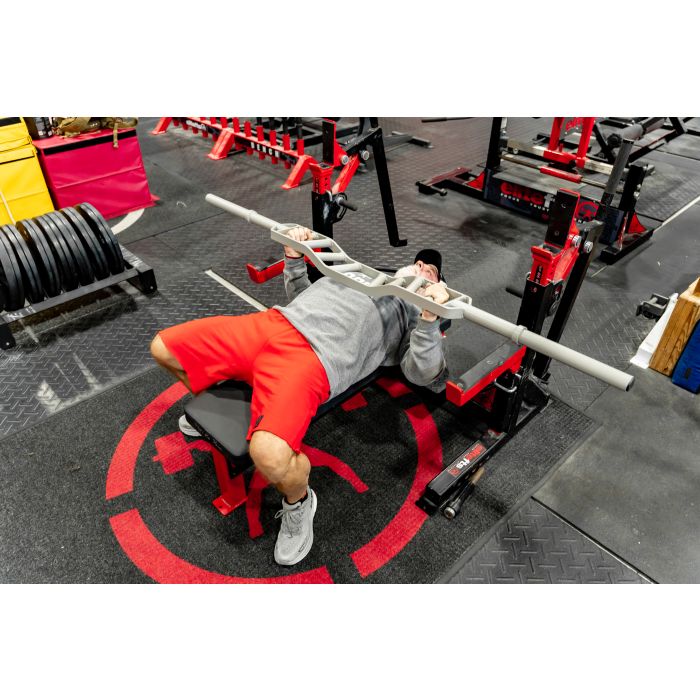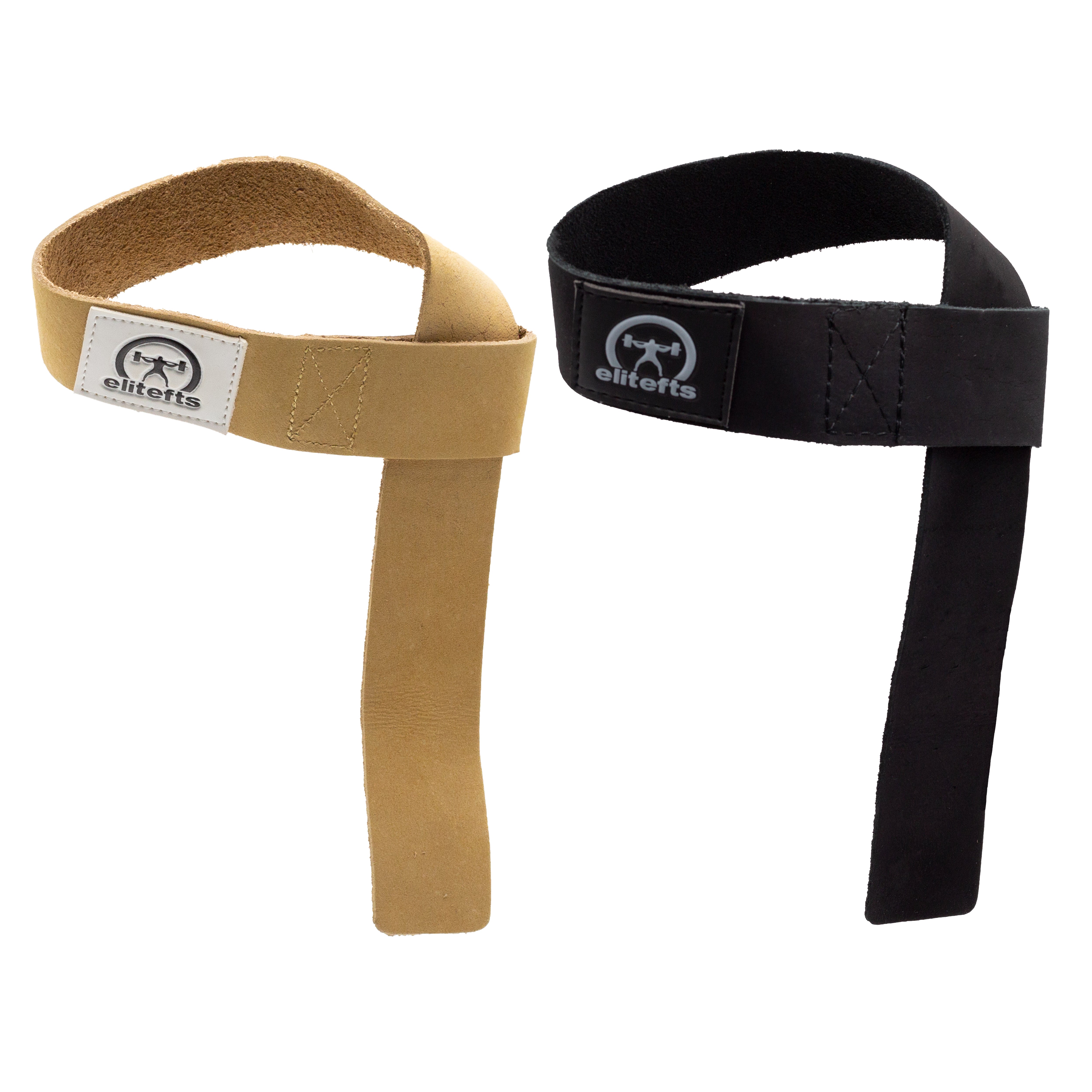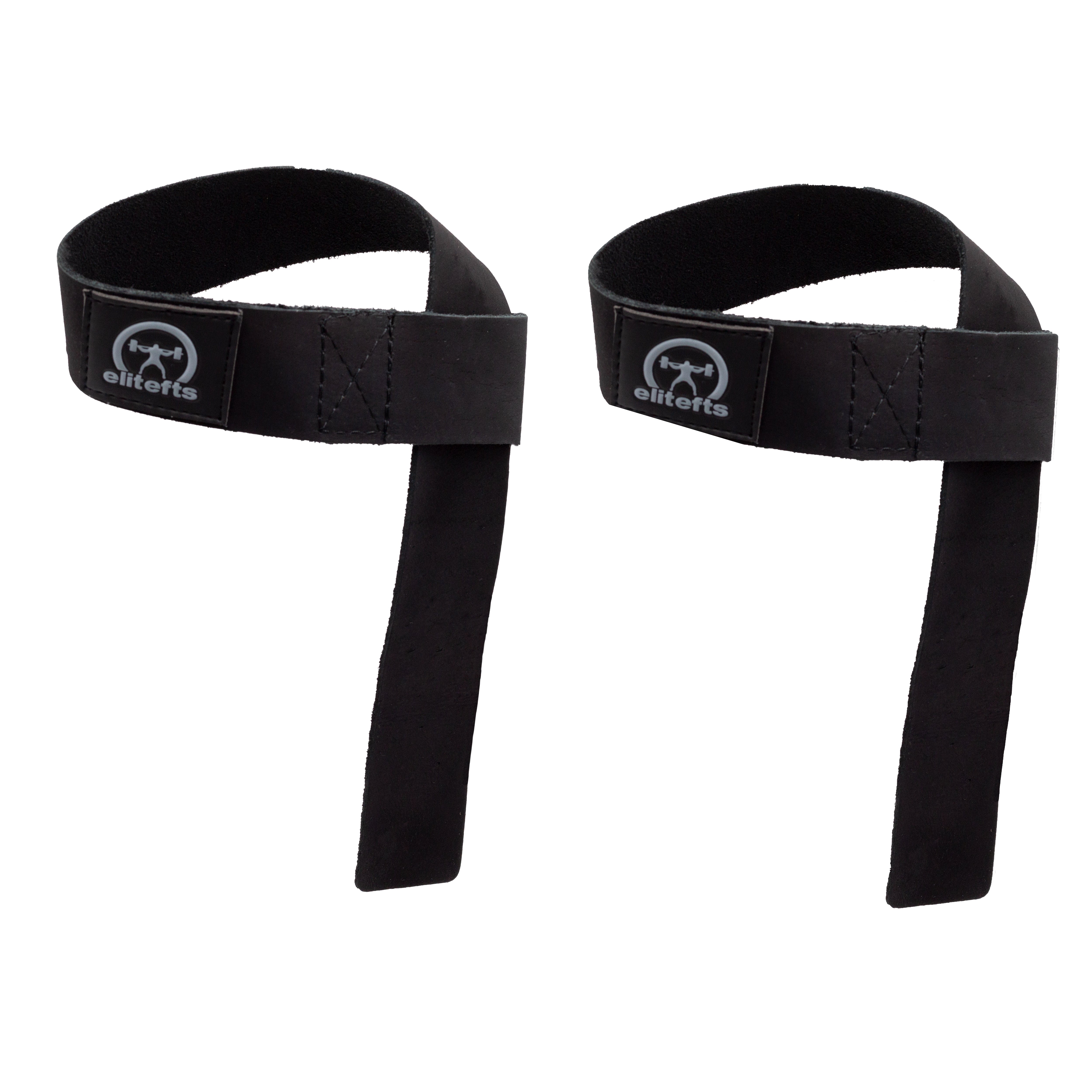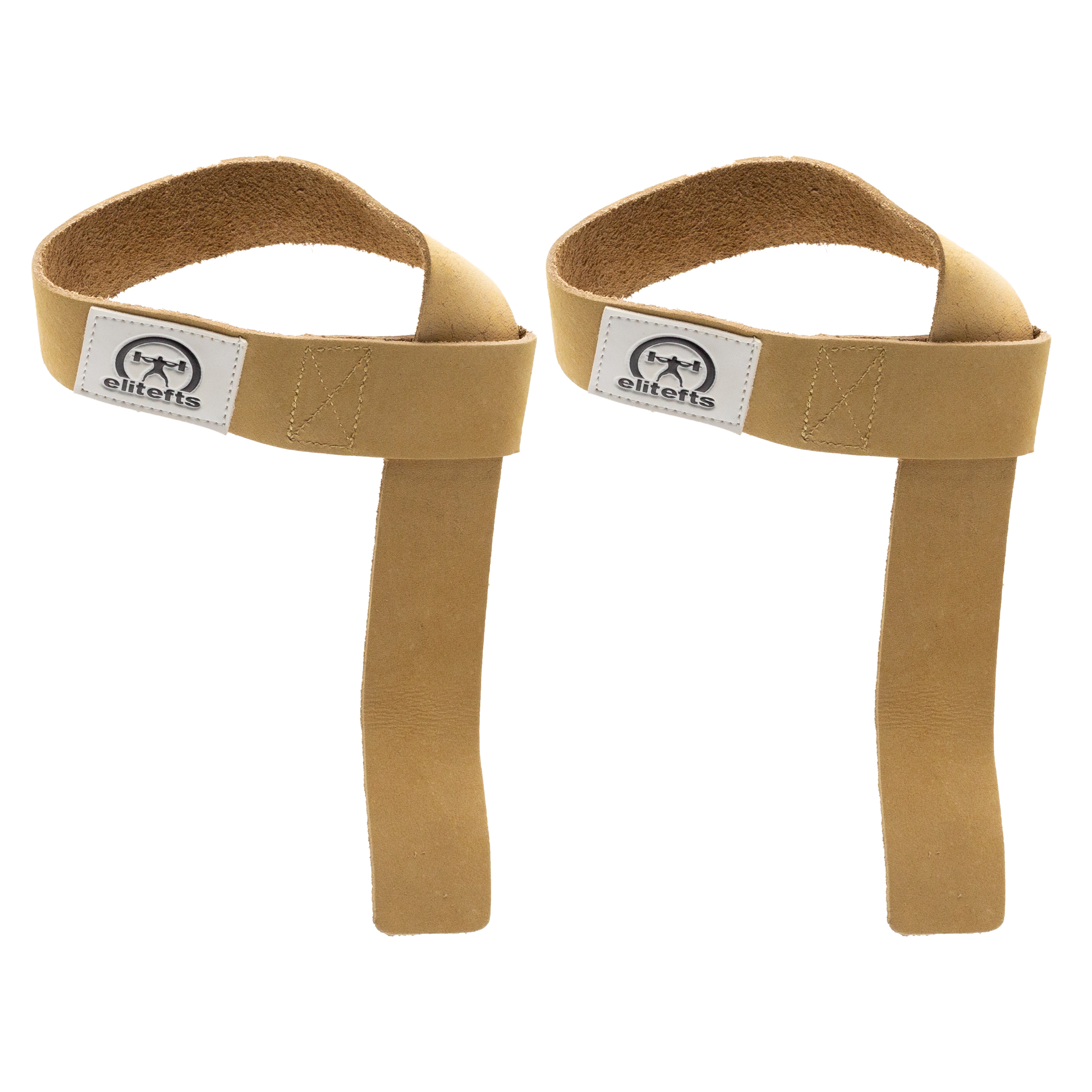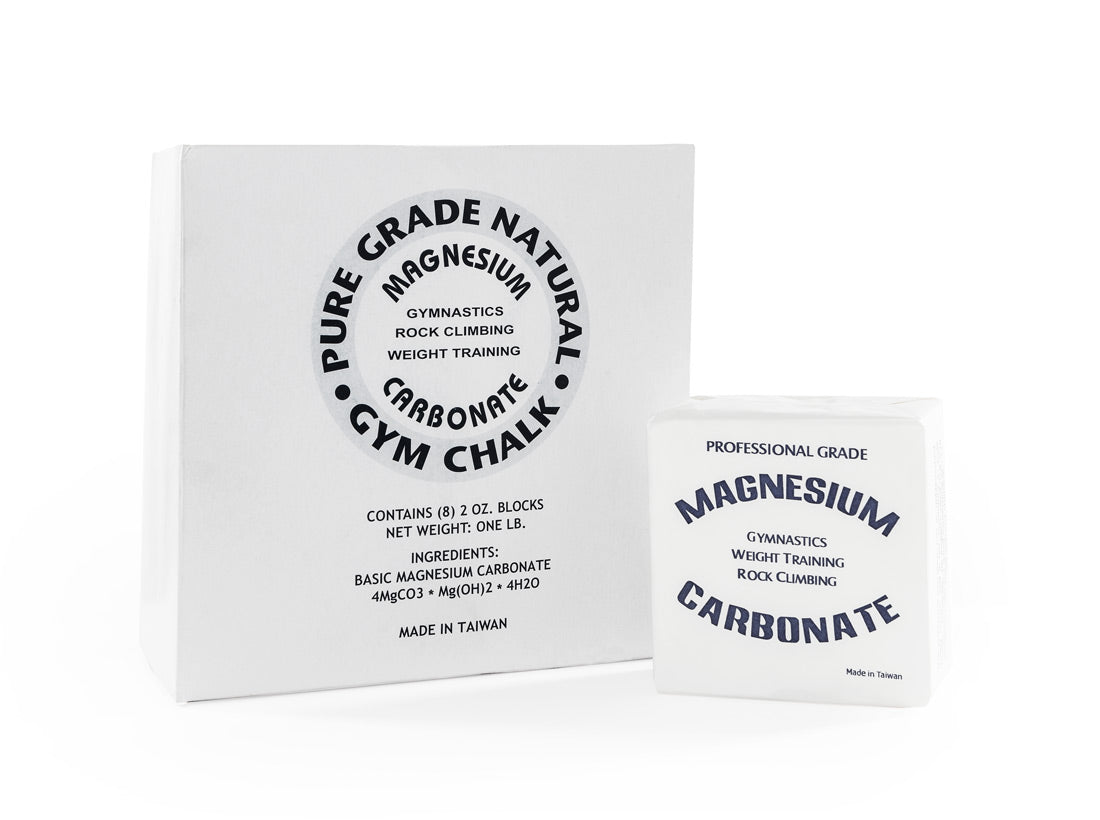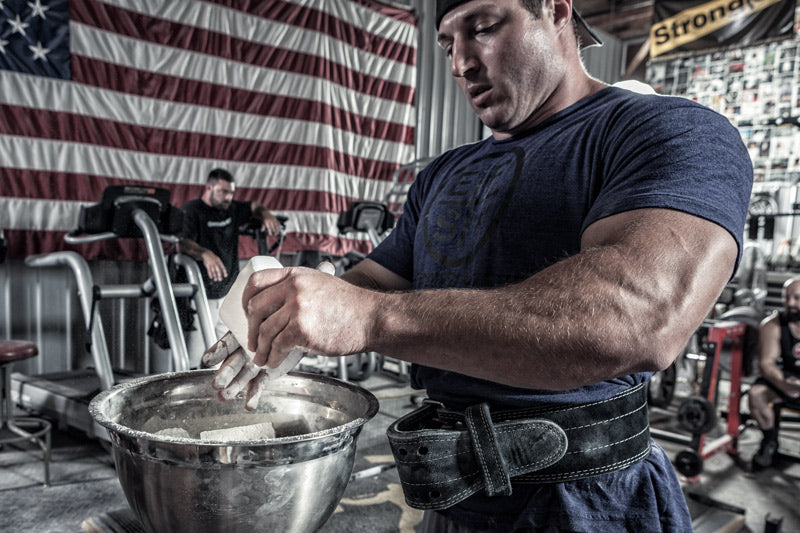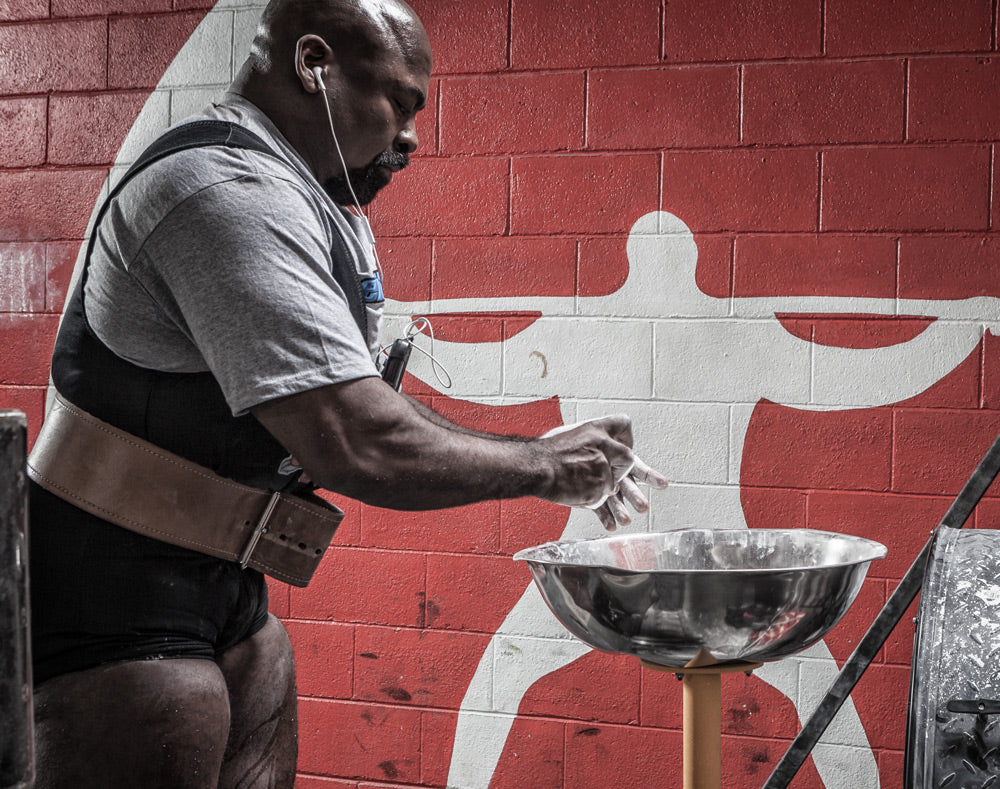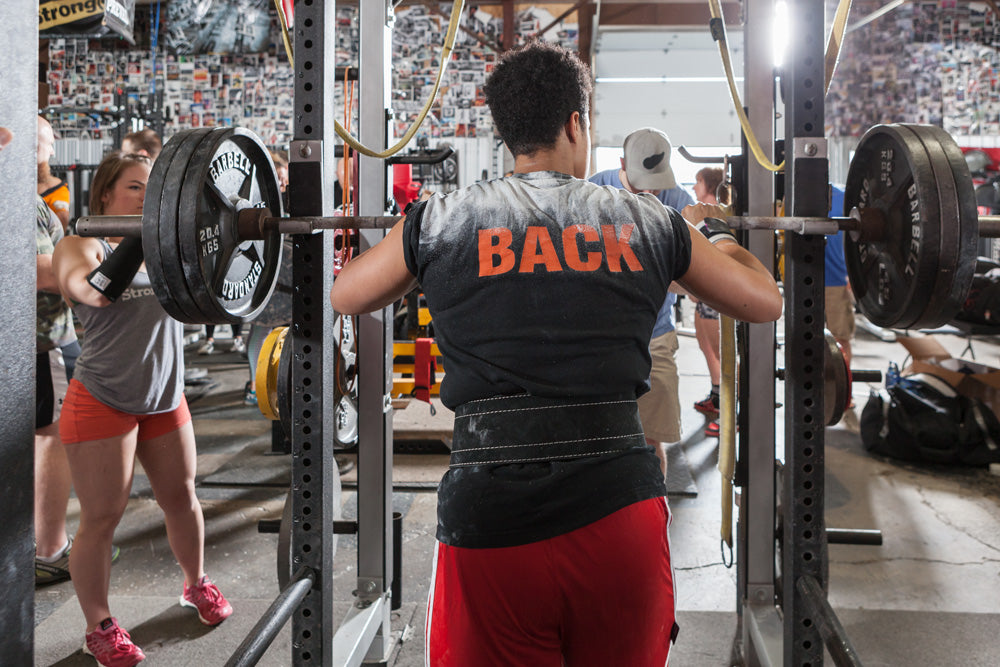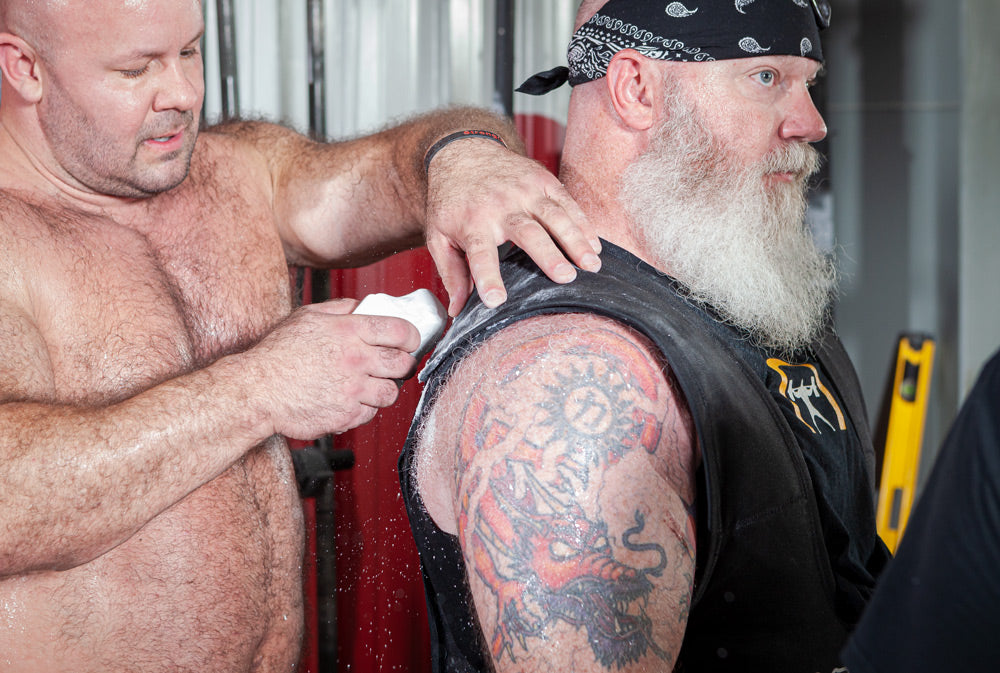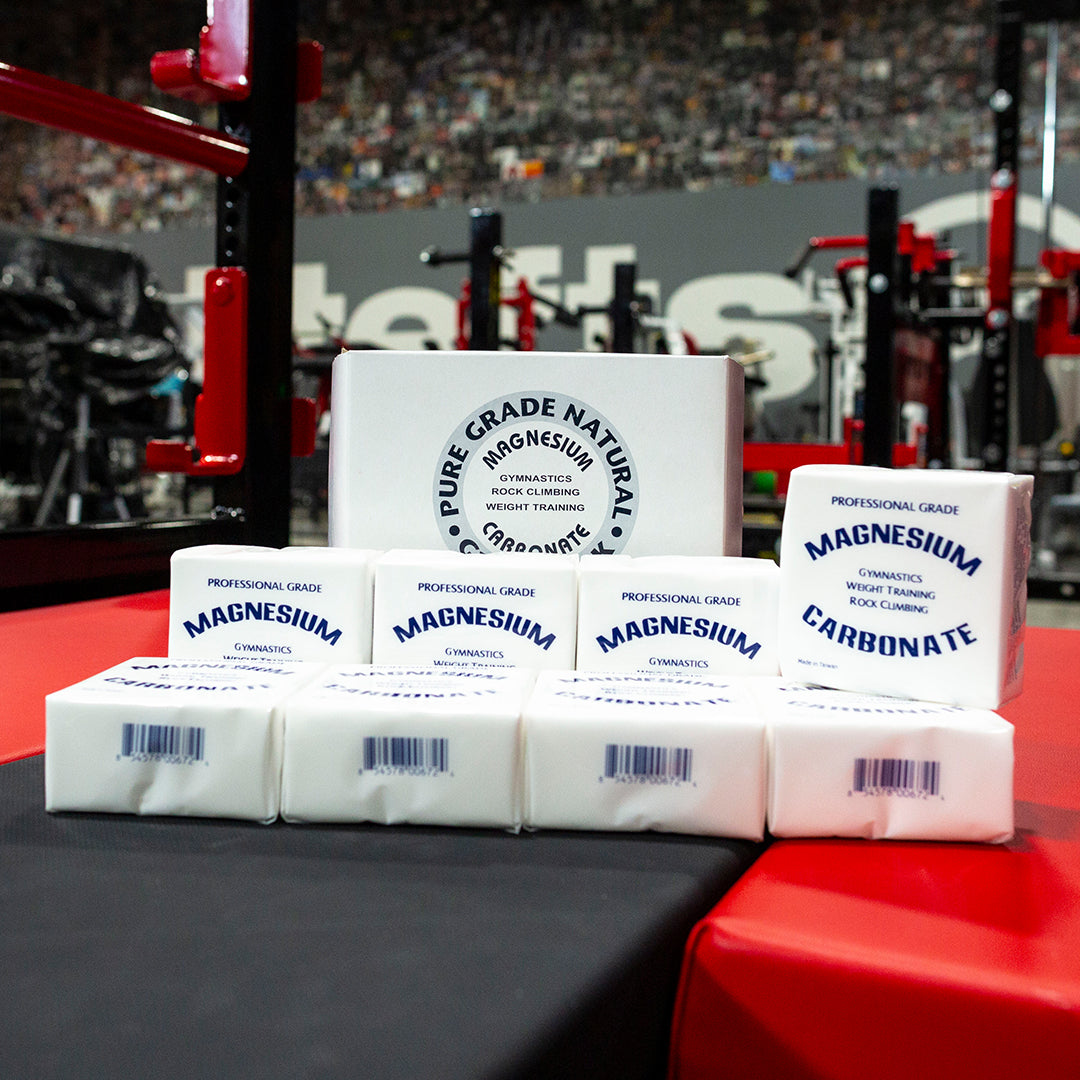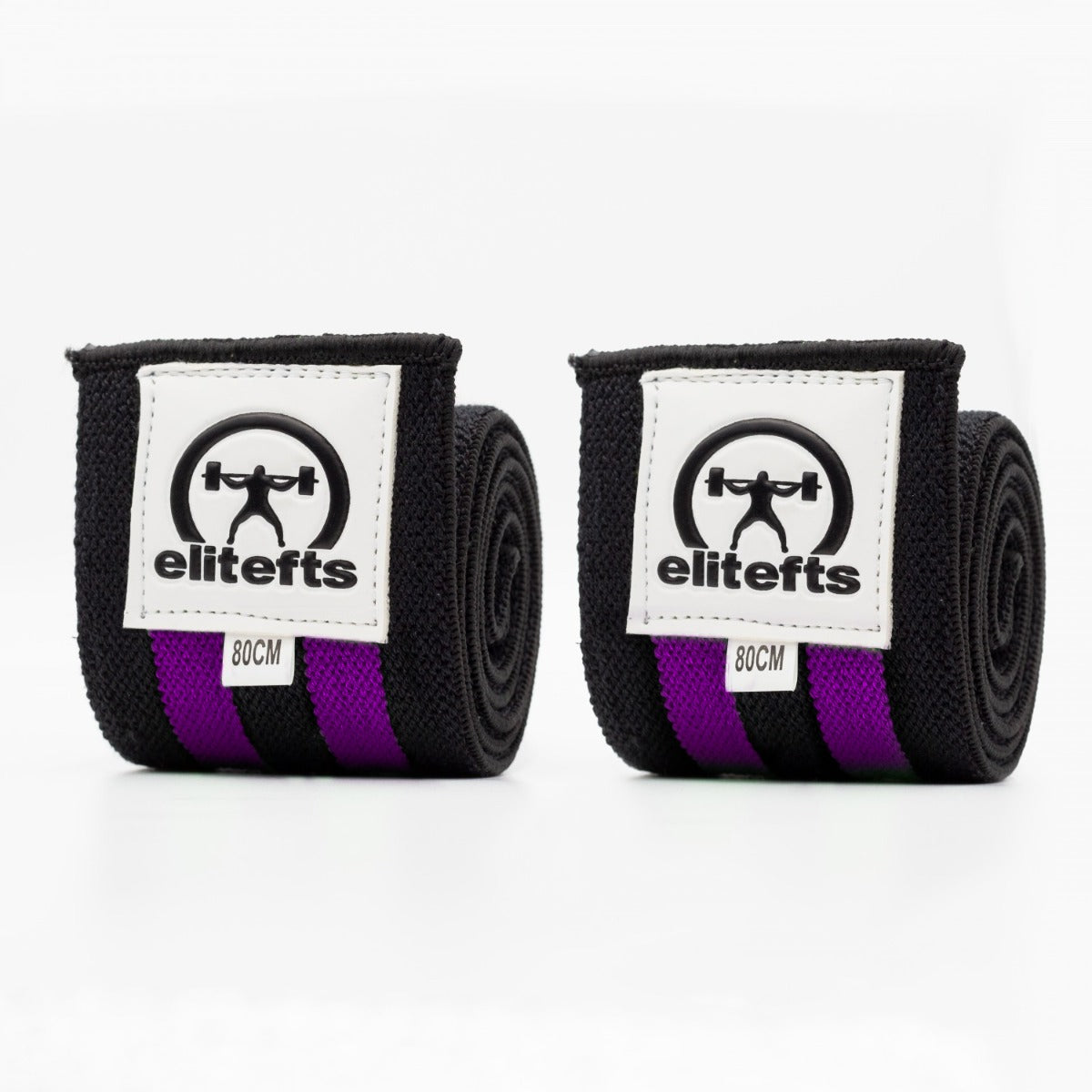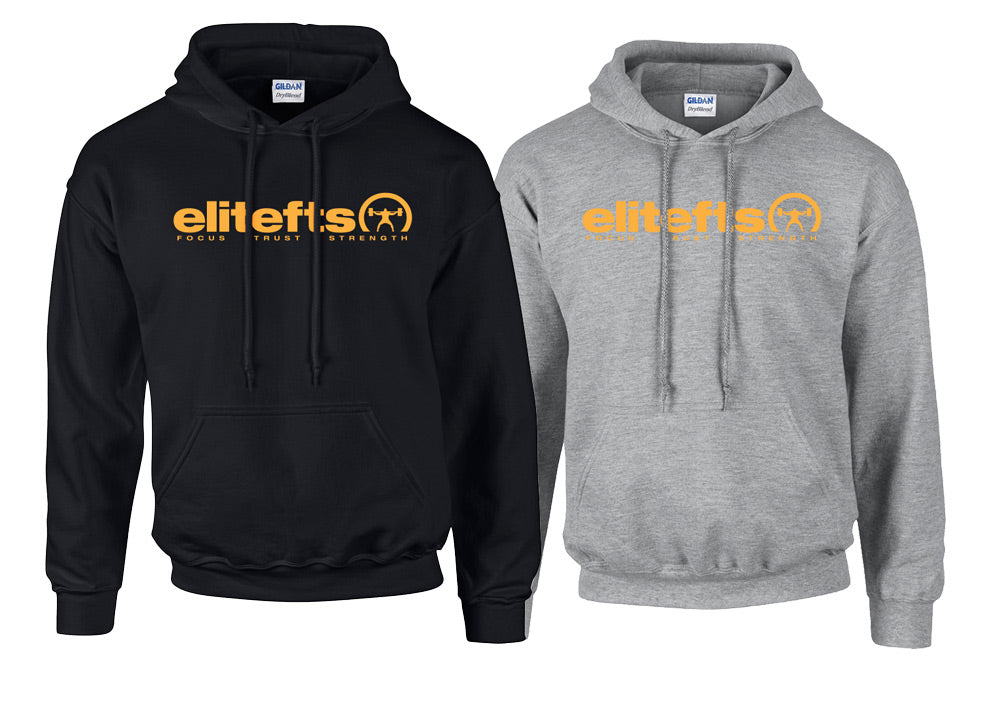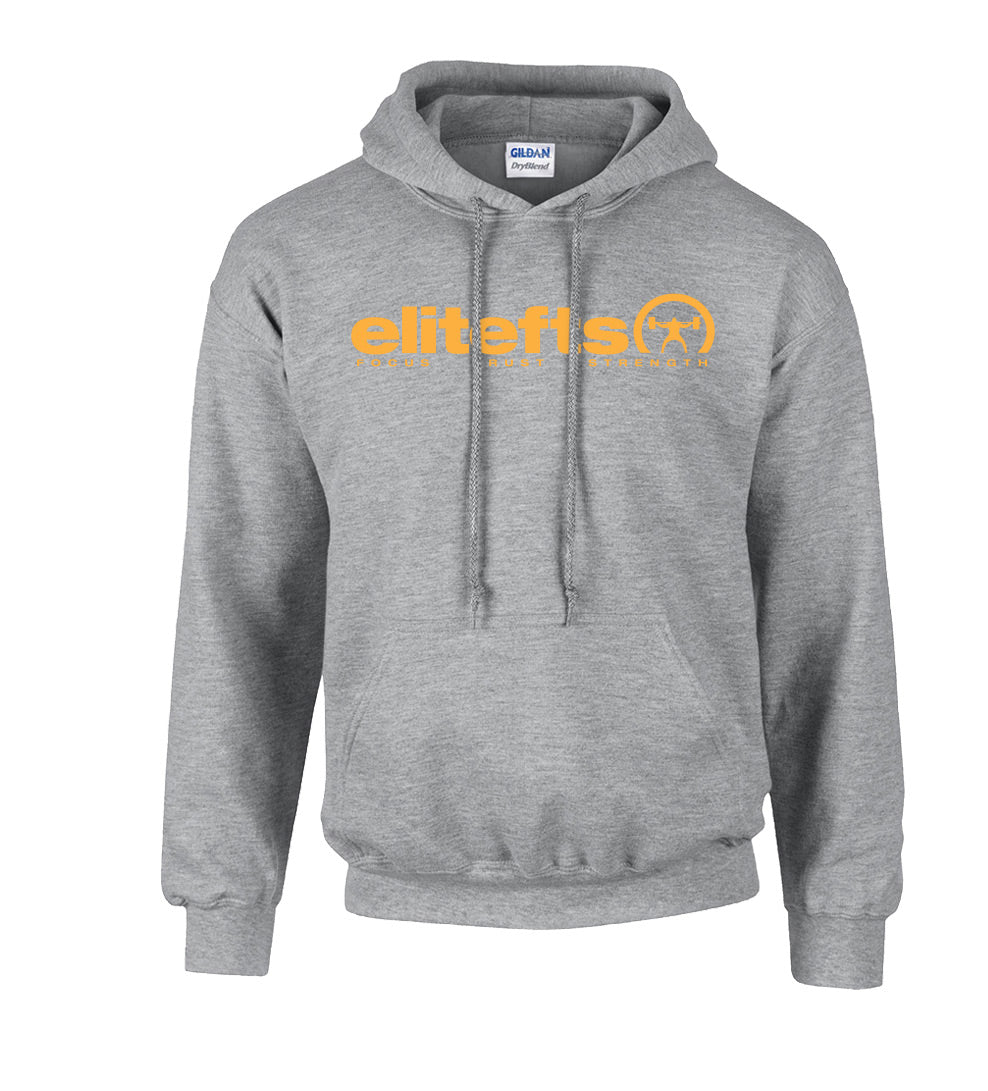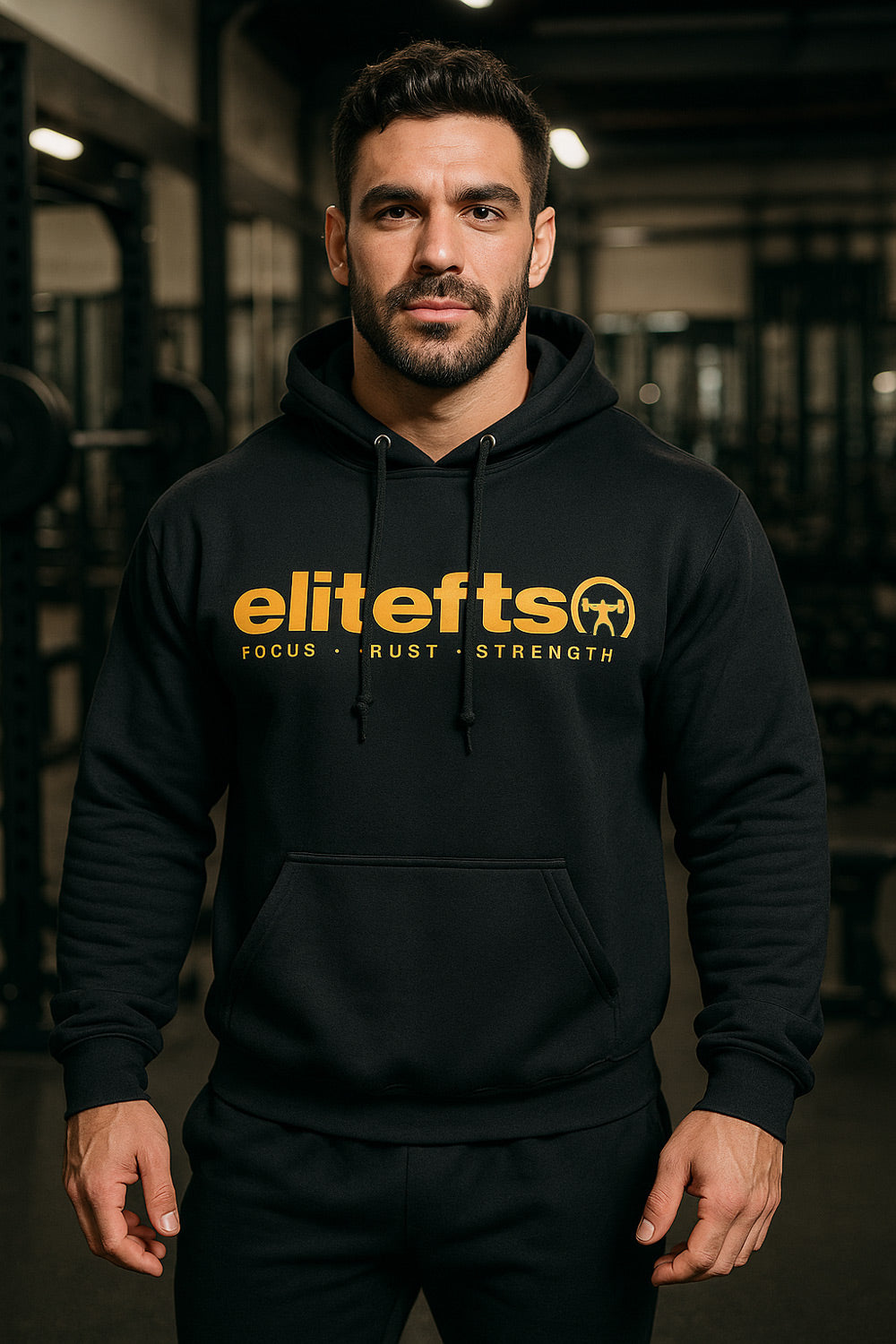In my last log I broke down a back workout so this time I am breaking down a chest/shoulder/triceps workout to give you an idea of my thoughts on exercise selection, sequence, etc..
First, I am coming into this week right around 230-231 as a baseline. That means that before I Skiploaded this last weekend, this is where my weight was. Obviously, I start the week higher than that due to holding some water from the load but nothing major or out of control. By Wednesday, all of the added water weight is gone.
There is only one "push" workout this week because this week I doubled leg sessions. I train legs on Friday nights, always, but this week I also trained them again on Monday night. My rotation allows for one week of leg training twice, one week of push training twice and one week of pull training twice and then repeat.
My 2 main compound movements for chest that I am opening with right now are flat bench with stop reps and decline hammer presses. I am using these two primarily because I can go heavy and there is no impact on my left supinator. It might be healed but if it isn't, I don't want to take a chance to irritate it or reinjure it. I have started doing lighter dumbbell presses at the end of some chest workouts just to see how the supinator feels but I am not comfortable doing heavy dumbbell presses, just yet. It isn't the actual press movement that bothers it; what bothers it is getting the heavy dumbbells into position (and that is how I injured it in the first place).
I am also passing on cable flyes, as well, right now. They tend to irritate my supinator when in the stretched position so I have been using machine flyes. You would think these two movements would be the same but the machine version doesn't irritate my arm, at all. The cable flyes might not bother my arm now but I am still being careful and avoiding them for a few more weeks.
I PRd decline Hammer Presses and this exercise is tricky because you can pile on more weight if you use a shorter ROM and/or set the seat real high so that the ROM is abbreviated. I set the seat to the lowest position so that my elbows are forced to remain flared instead of tucked.
I am not a big fan of incline barbell bench presses as I feel no matter how well you position your shoulders, scapula, etc, it can put your shoulders in a vulnerable position. However, I do like very low incline smith presses so I used this movement after hammer declines and machine flyes. I will almost always do my incline movement as my third movement for chest. I do this because I feel that I need my shoulder complex to be very warm for this angle to reduce the risk of injury.
I then finish usually with a dumbbell fly movement but with the arm issue that I a trying to let recover 100%, I am skipping flyes lately and doing a machine iso press, instead. I just have much more confidence right now when I don't have to get dumbbells into and out of position.
For shoulders I started with seated, alternating side laterals. I do almost all of my side laterals alternating instead of at the same time. The main reason is because I feel doing them at the same time limits the ROM (can't get the dumbbells as high) and doesn't feel as natural, like the movement is awkward and I have to lean back vs staying straight up or even leaned into an incline. Bottom line is that most people get a much better contraction and better ROM of motion when doing side laterals one at a time.
Behind the neck smith presses were next. I am very careful with this movement because if done incorrectly it can leave the shoulder complex in a vulnerable position. Number 1, you must have good flexibility to perform this exercise effectively. Number 2, I do not force the upper arm (elbow to shoulder) much lower than parallel to the floor. Number 3, I always force lockout because I feel that my side delts get hit harder when I get full contraction on lockout. Notice I said "side delts" because too many people see this press as a front delt press and it is not. The side delts are the main target for a Press Behind Neck. If you want to hit front delts, you need to do the presses primarily to the front of the head/face in "military" fashion.
I then follow up with one of my favorite all-around delt movements, the dumbbell upright row alternating reps each side like I do for side laterals. I pull these wider than normal so that the back of my hand finished just outside of my armpit. By forcing the movement a little wider, there is less front delt and more side delt.
I then finish with a front delt press of some kind and in this case, the movement is the inside, parallel grip handles on the seated machine press. I have been focusing on more front delt work this last year, much more than in the past few years. I used to keep my front delt work very low because I would overtrain them quite easily and that would impact my chest workouts, as well, in a negative way. However, I feel that I need more front delt development so I now train them directly pretty much every other delt workout.
Because my arms are a strong point, I train triceps last, after training chest and shoulders. I also train biceps after back for the same reason.
I don't get very fancy with my arm training and haven't for a long time.
I typically start with a pressdown of some sort as this is the best way to warm up my elbows. No other exercise does this better. Right now I am using an underhand grip on the EZ bar attachment and have never used this grip before -- ever. I like it and am using it because I am emphasizing more outer-head triceps development right now. I even use my wrist straps so that I can keep the bar locked into position during the entire set or the bar will want to end up almost coming out of my hands. The contraction I get with this movement is excellent.
I then moved to low incline lying triceps extensions with an EZ bar (skull crushers) but I always perform this movement with the bar ending up at the top of my head and not my forehead. I have written articles about doing this movement correctly and I will just say here that it is imperative both for elbow health and for triceps development that the upper arm and the floor have an "open angle" meaning more than 90 degrees - no matter if you are doing this movement on an incline, decline or flat, etc.
I also need to note that I do not do a push workout without my neoprene elbow sleeves that cover my entire triceps and down over half of my forearm. Basically, they are knee sleeves. lol Seriously, they work really well to keep my elbows warm and they also provide added support so I see this as nothing but positive other than I can't show off a good arm pump with them on. However, it's still a positive because I can train heavier with greater confidence that I am not going to have elbow issues.
I then finish typically with either overhead dumbbell extensions (holding one dumbbell with two hands) leaning back on an incline bench or a preacher curl bench (skip extensions on youtube if you want to see them https://youtu.be/Jc0hrBrjKVs). These can be done with one dumbbell, a barbell, 2 dumbbells, etc.
If I don't use this exercise above, I will finish with hammer strength dips, focusing on the finished contraction.
This is a breakdown of my push workout and some of my thoughts behind the exercise selection.
My rep ranges or whether I go up in weight, hold or go down as the sets progress is more instinctive than premeditated.


